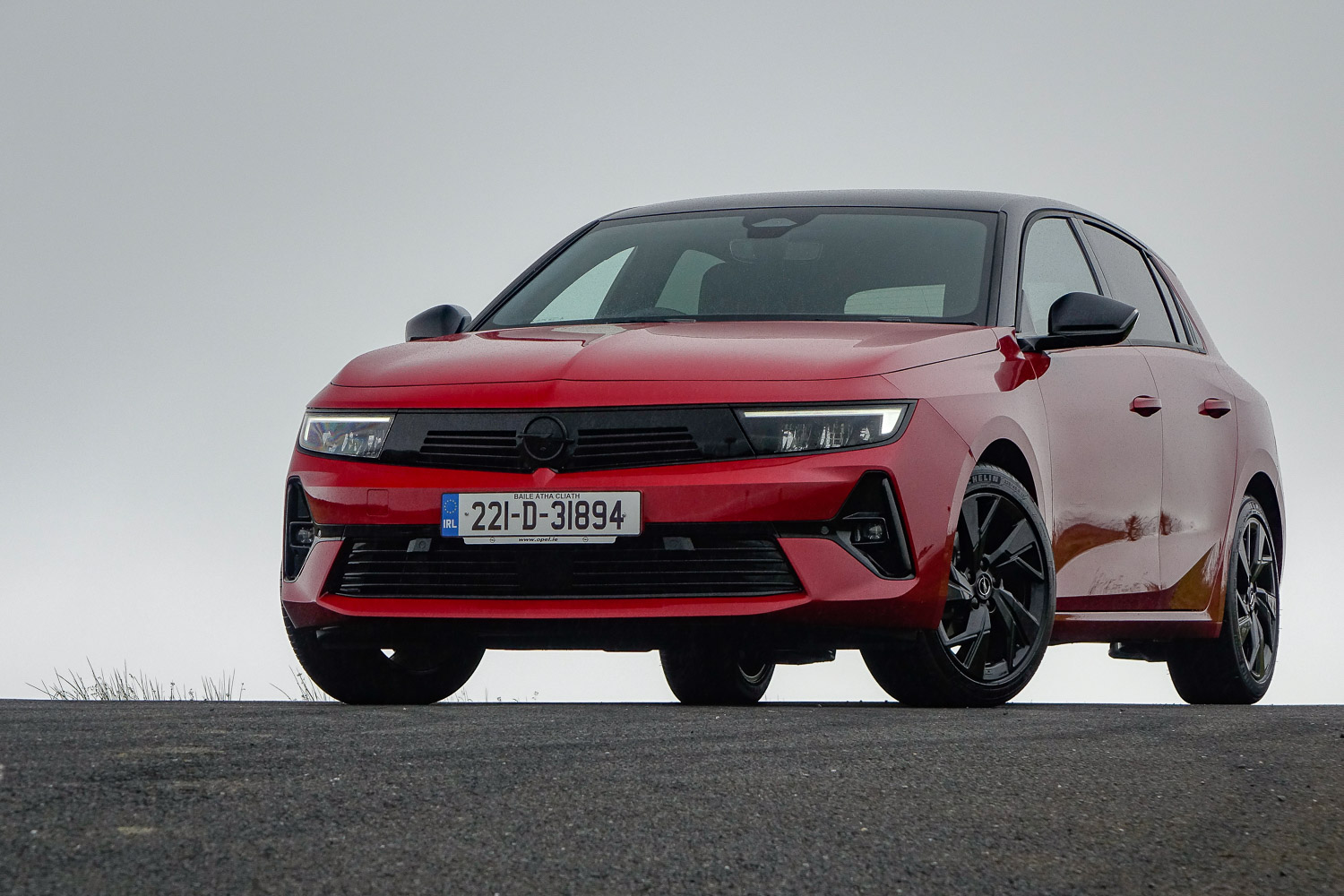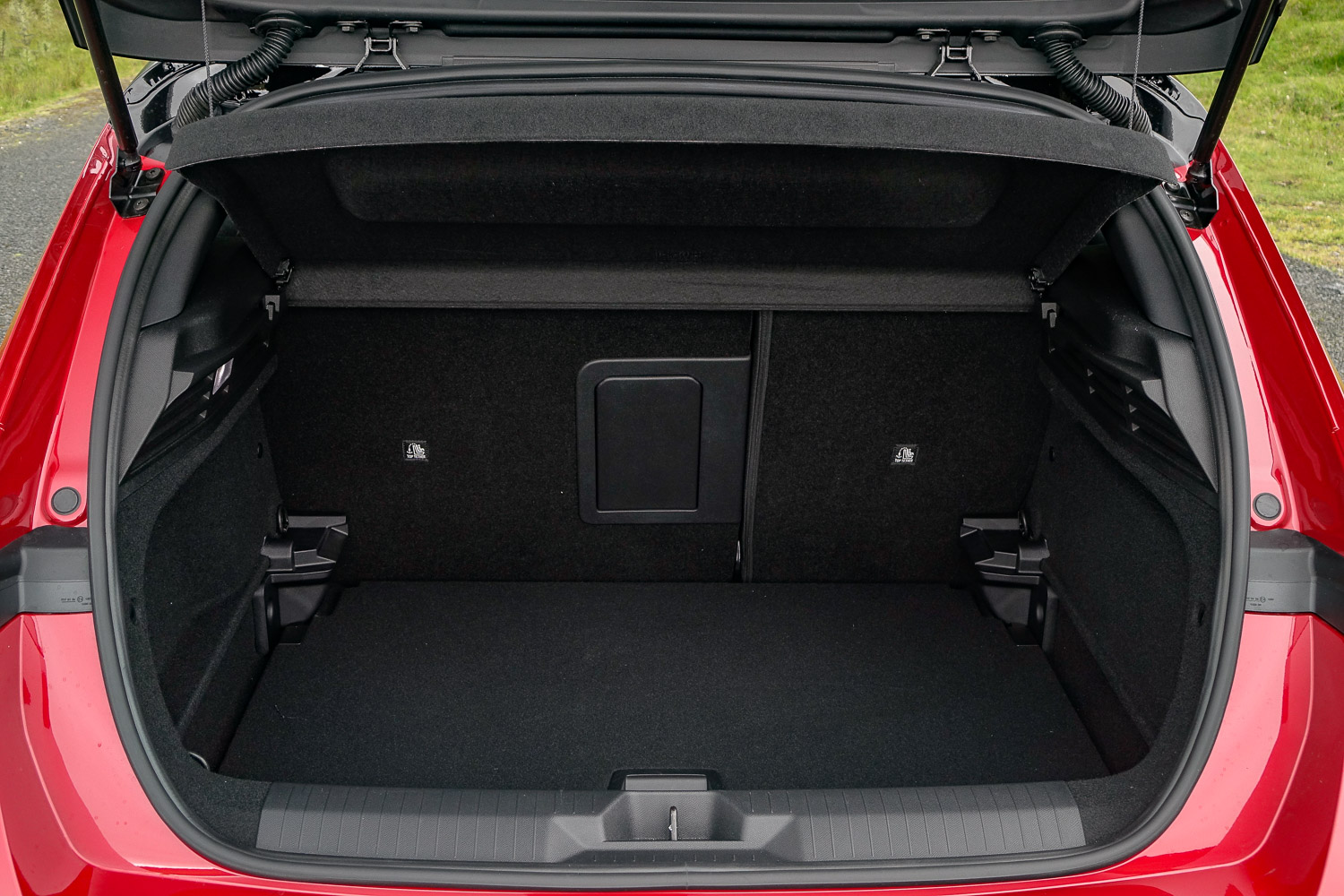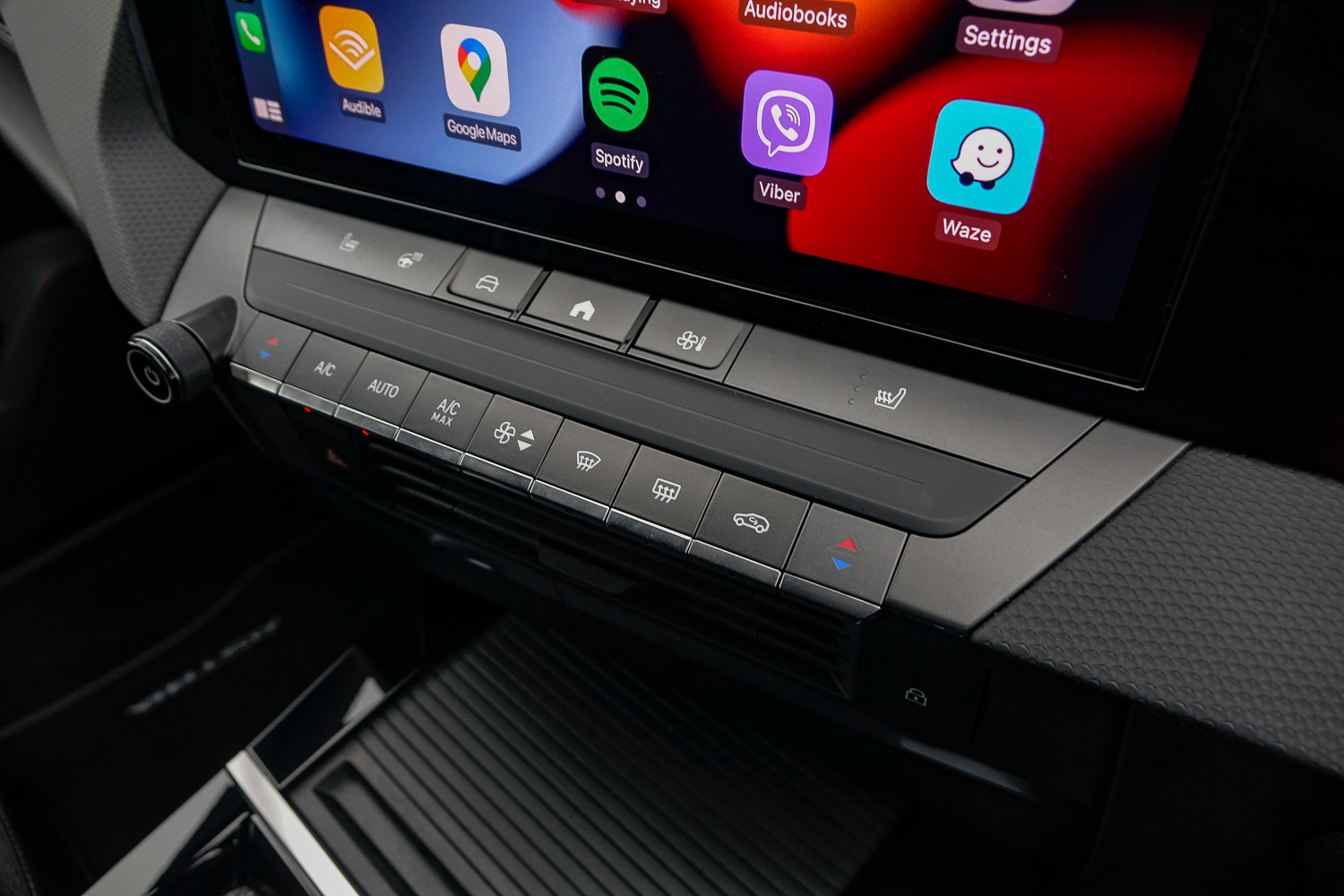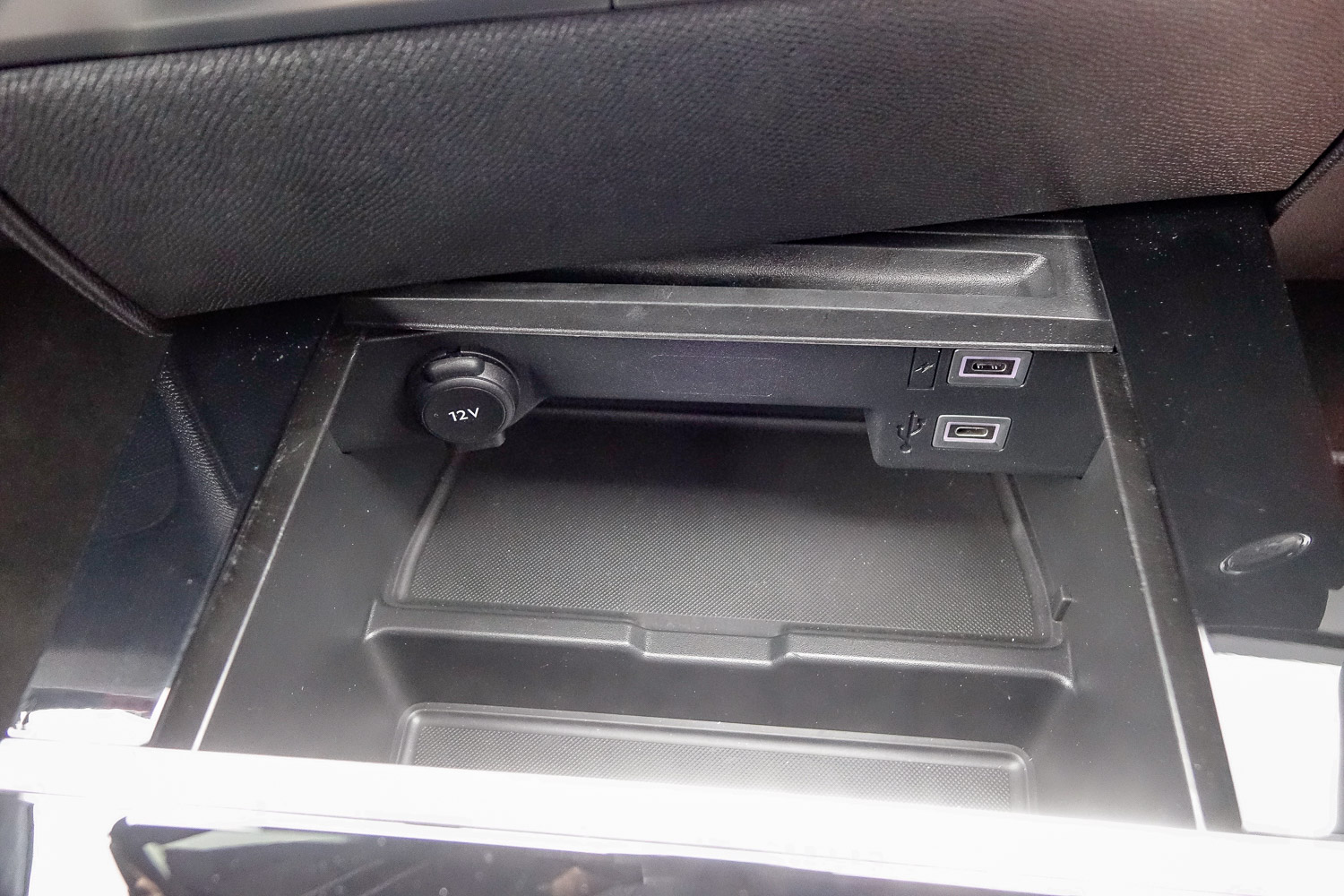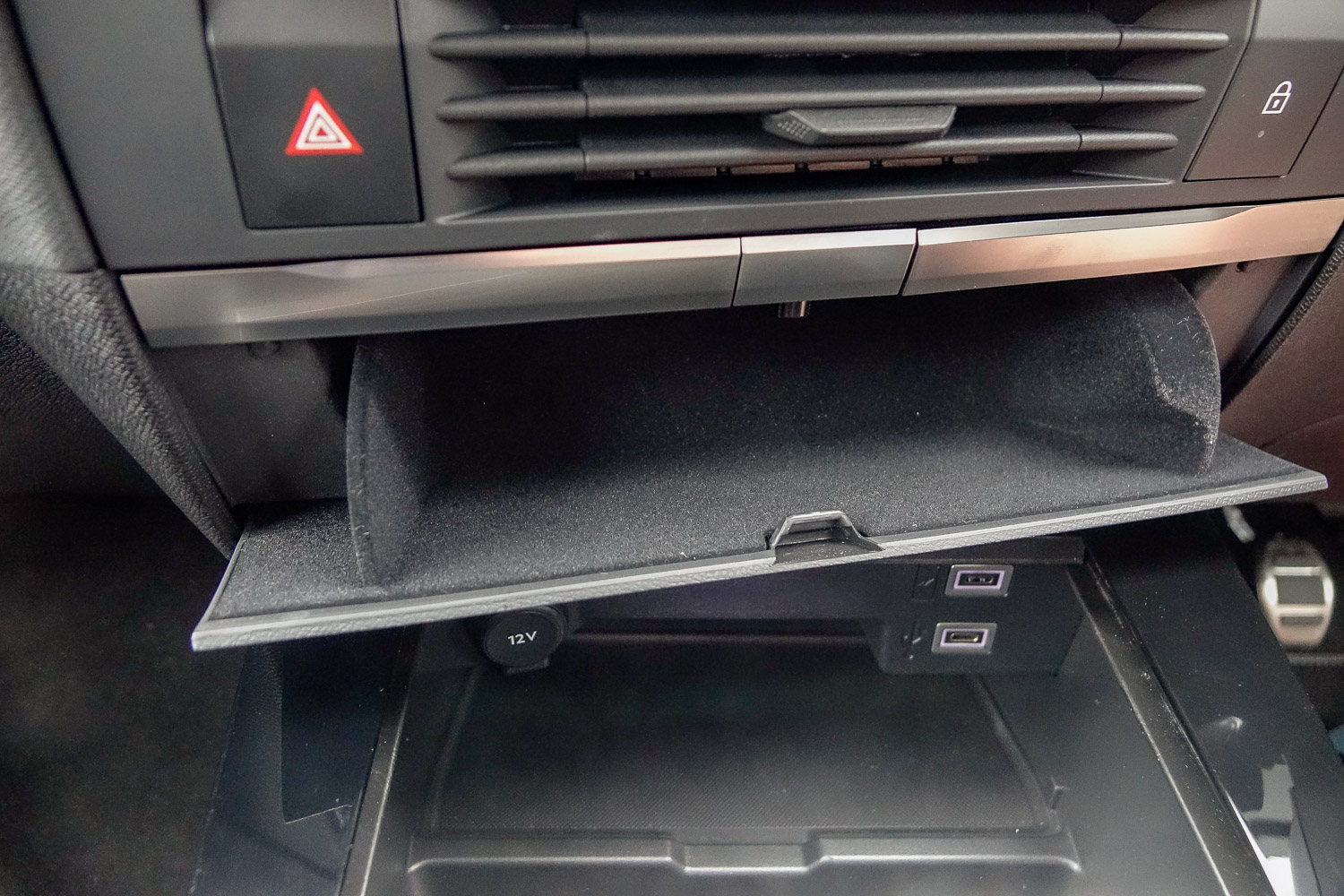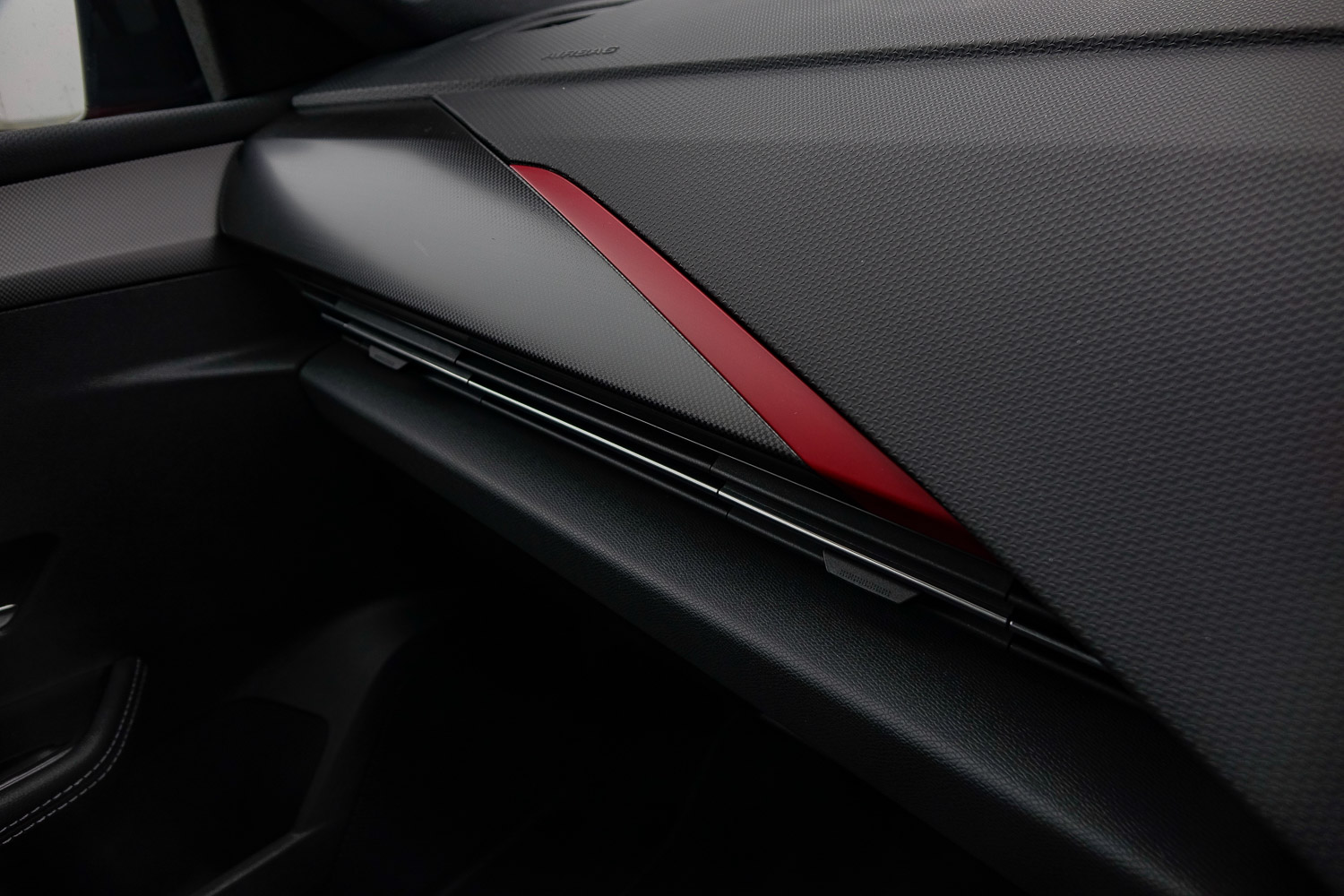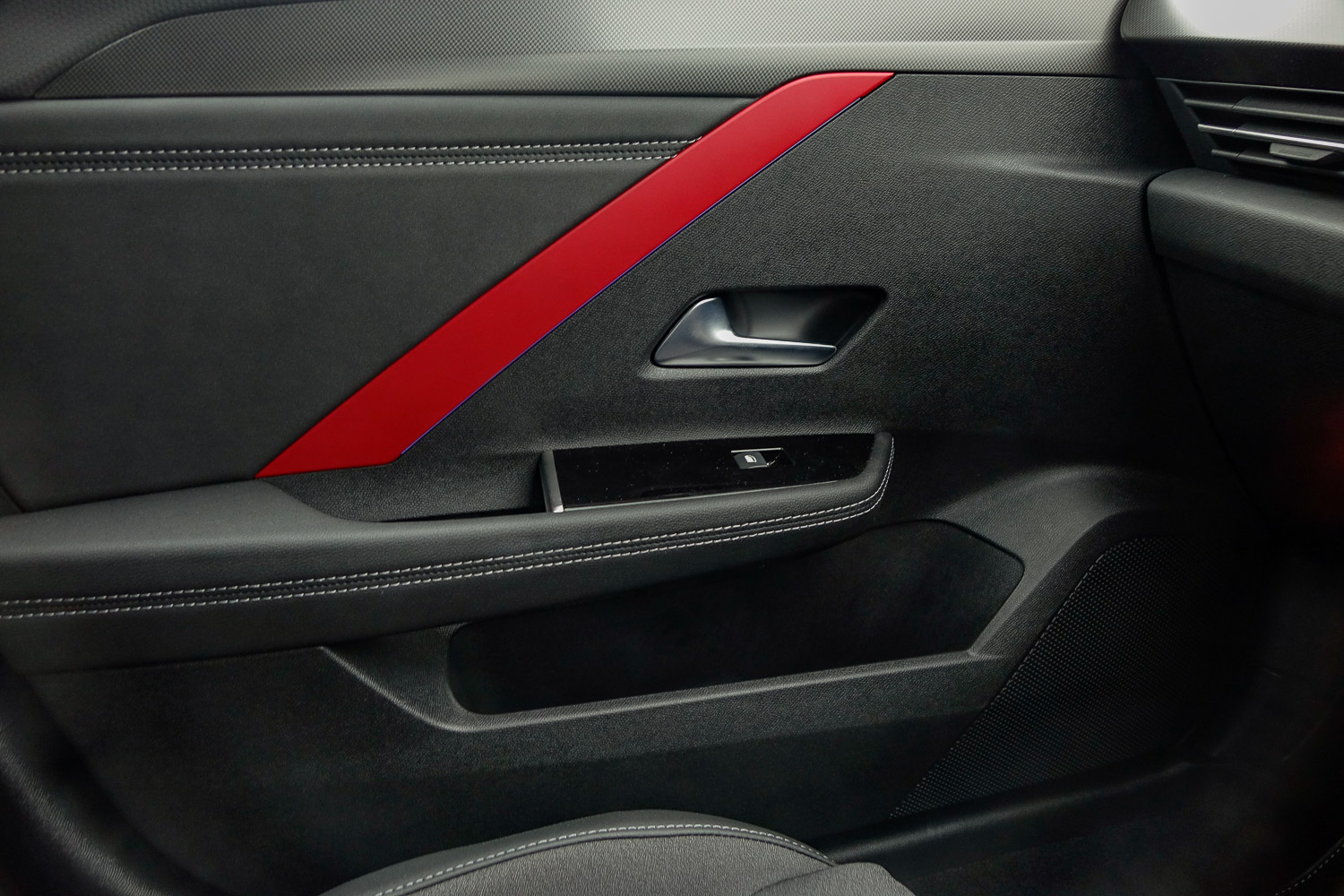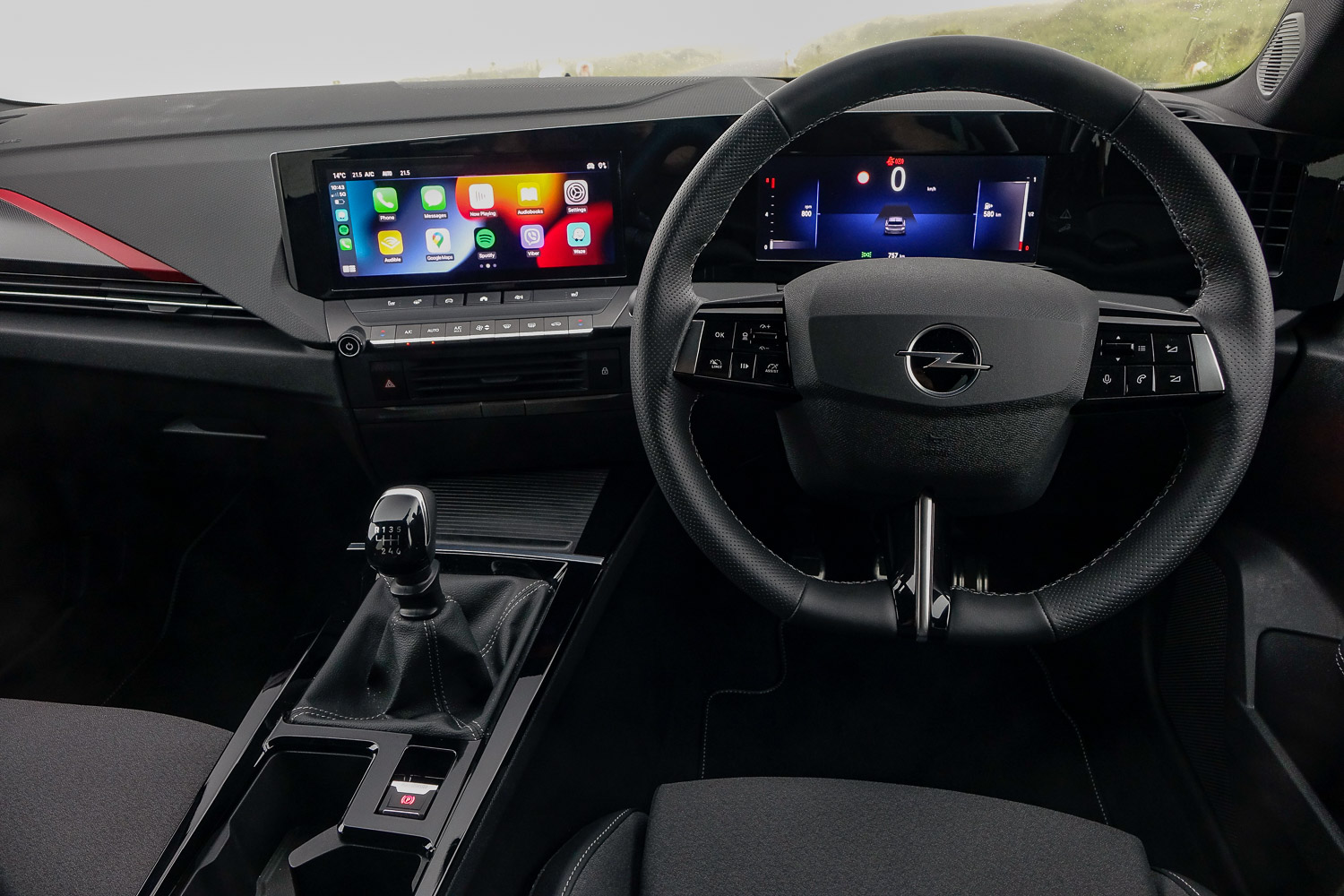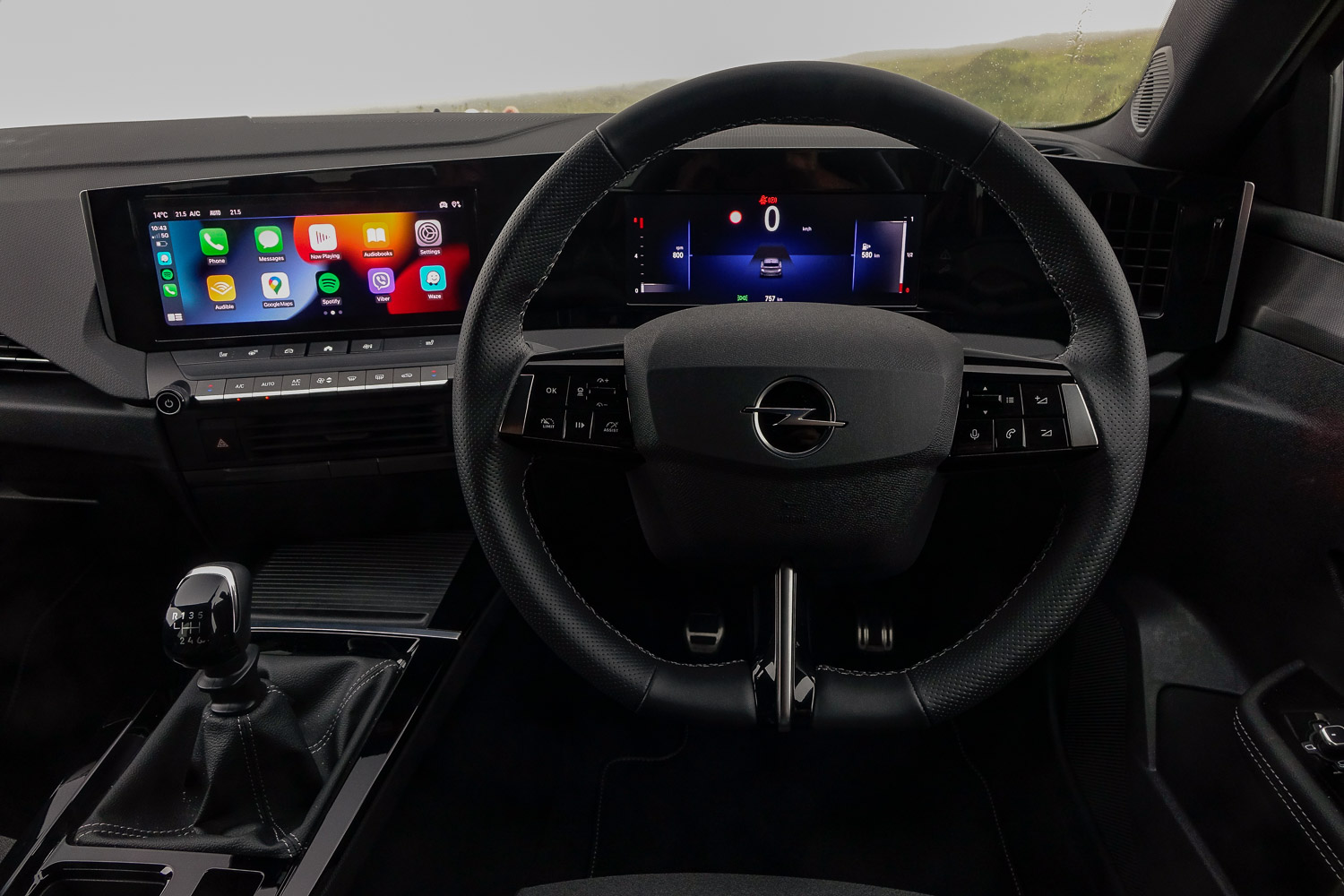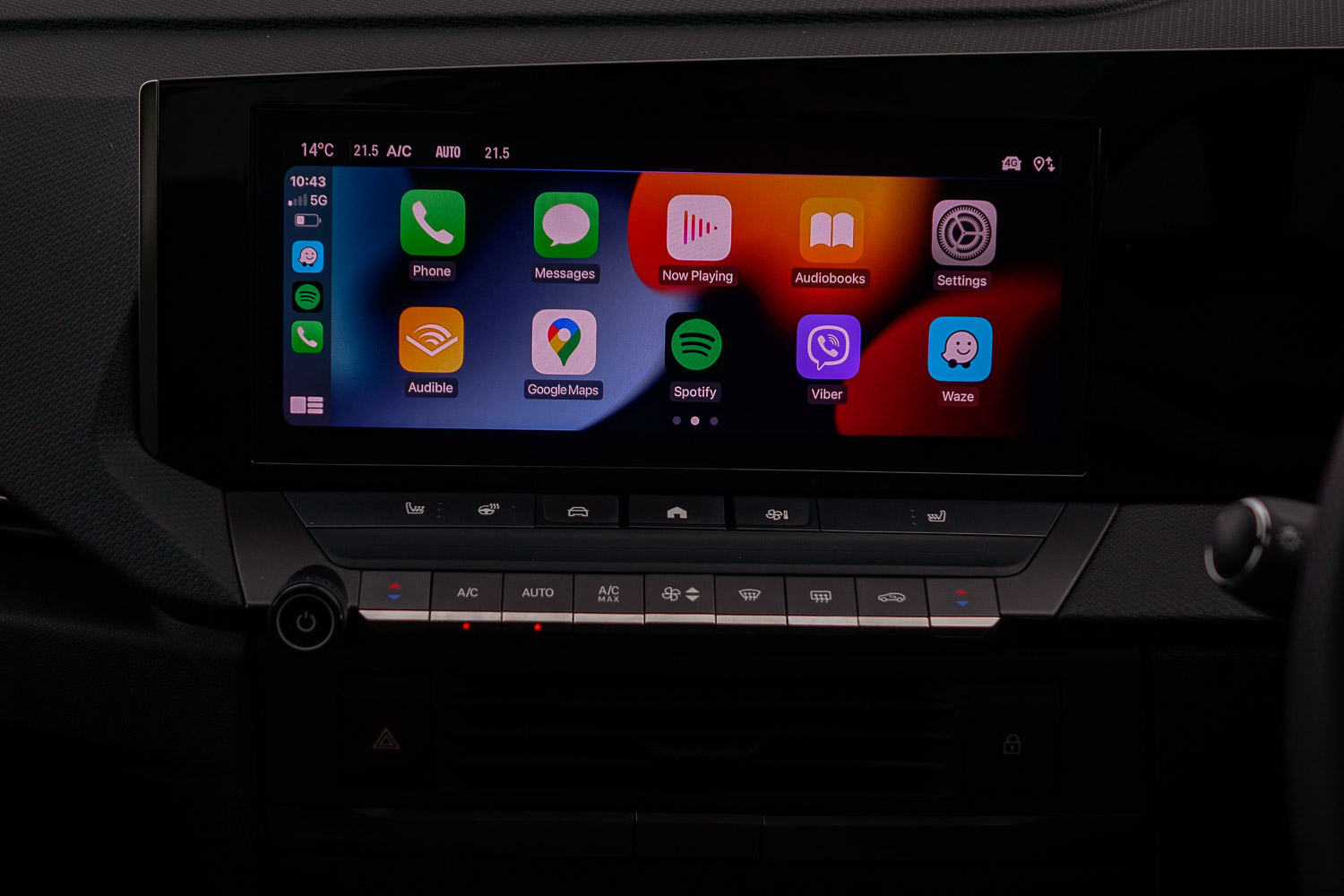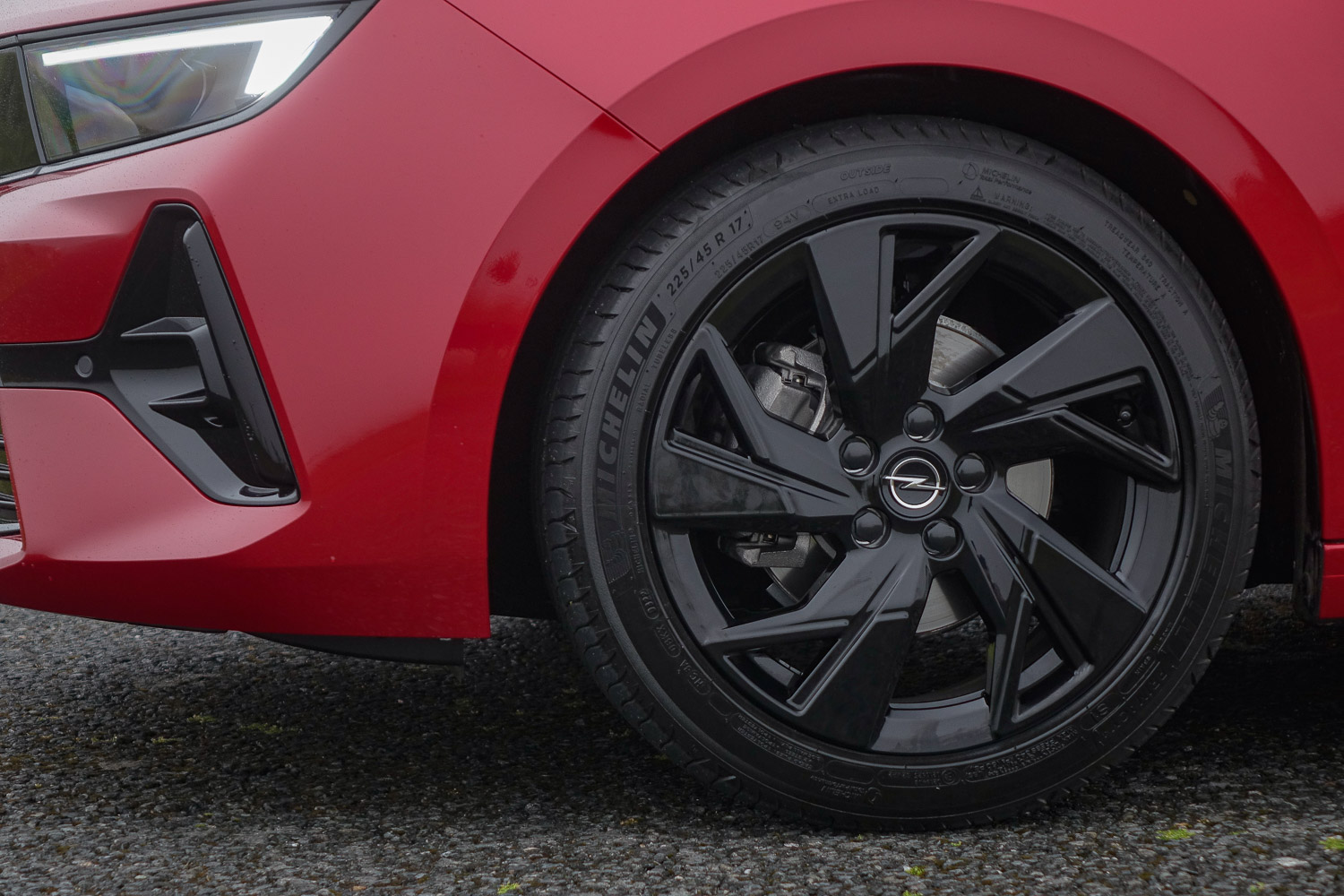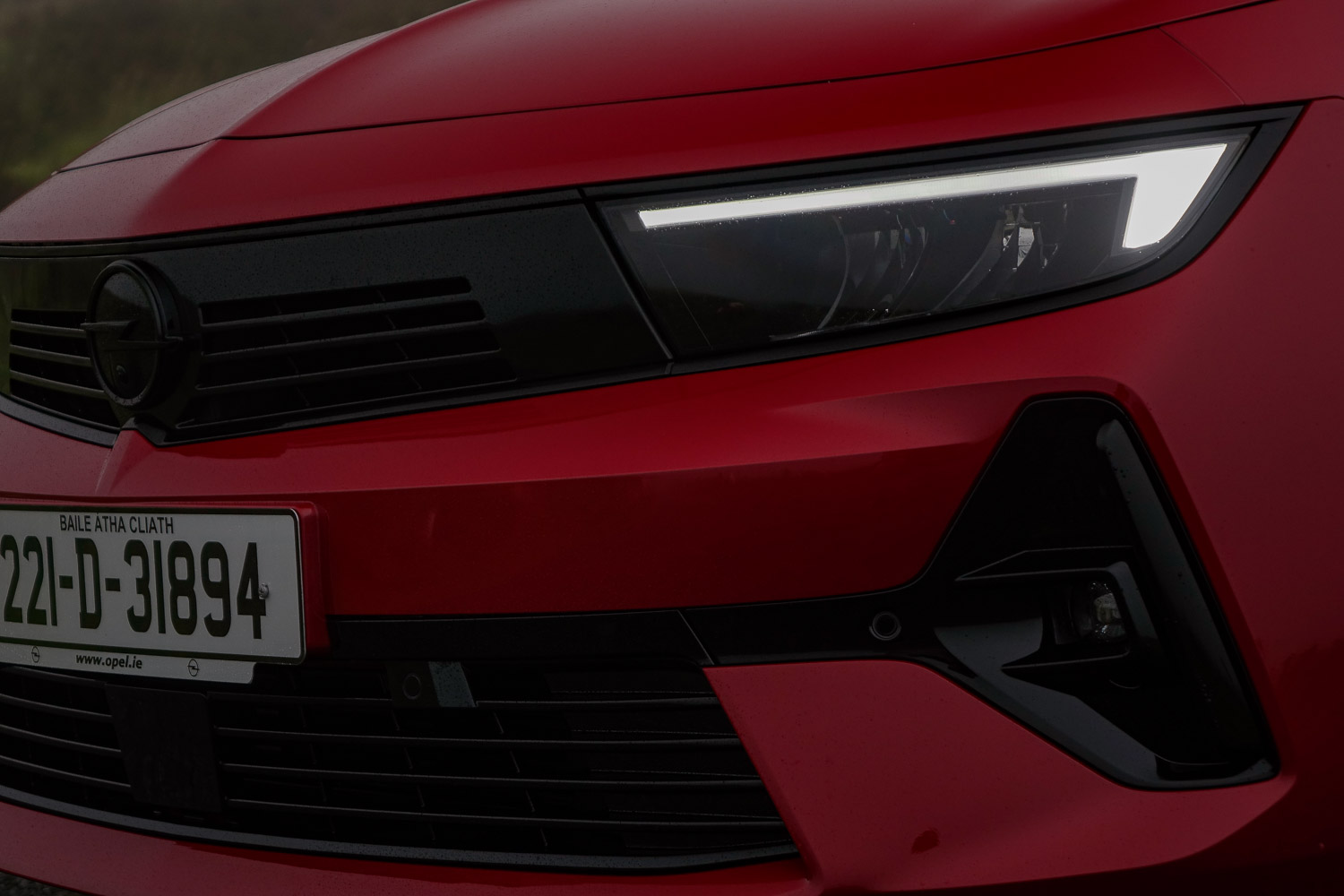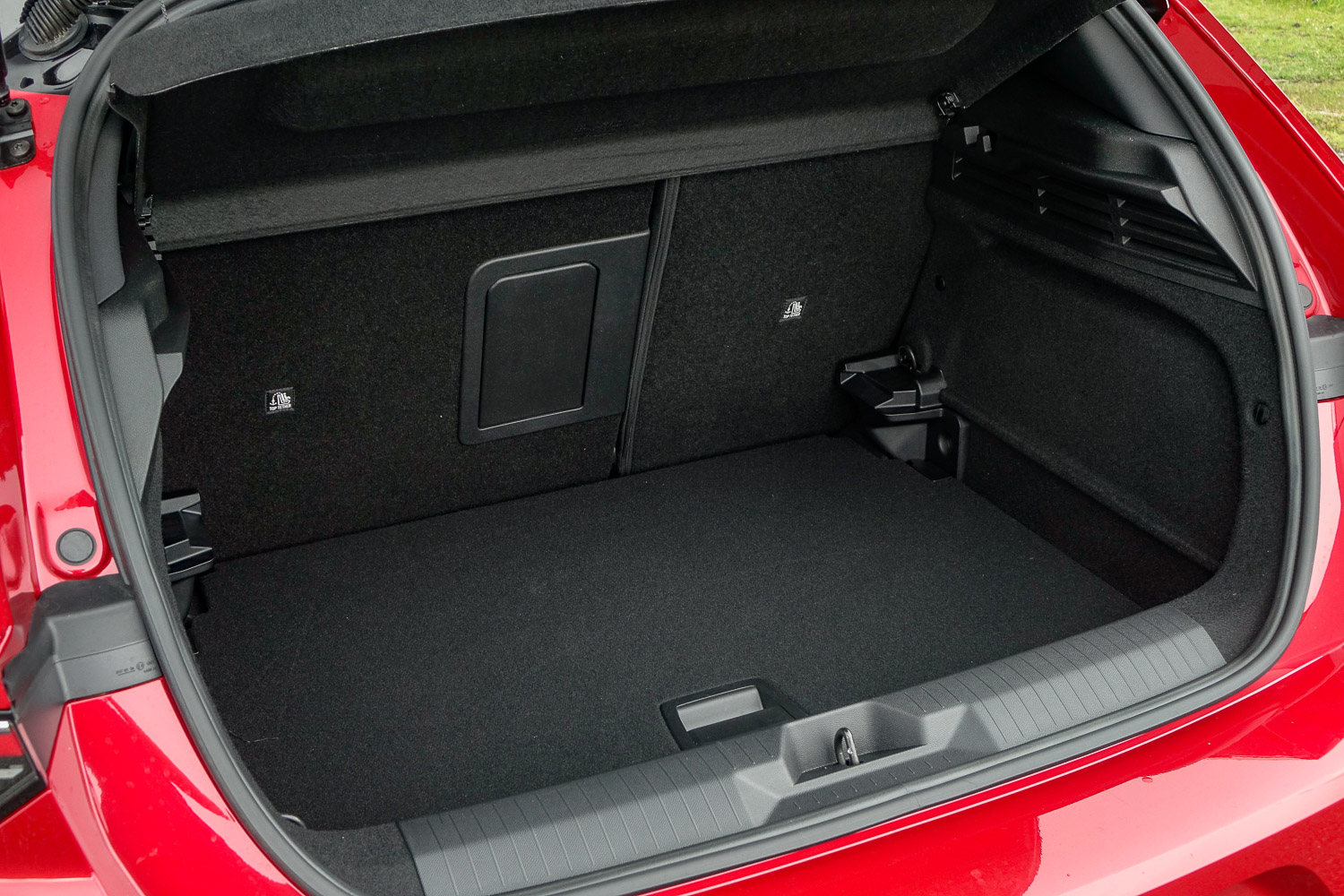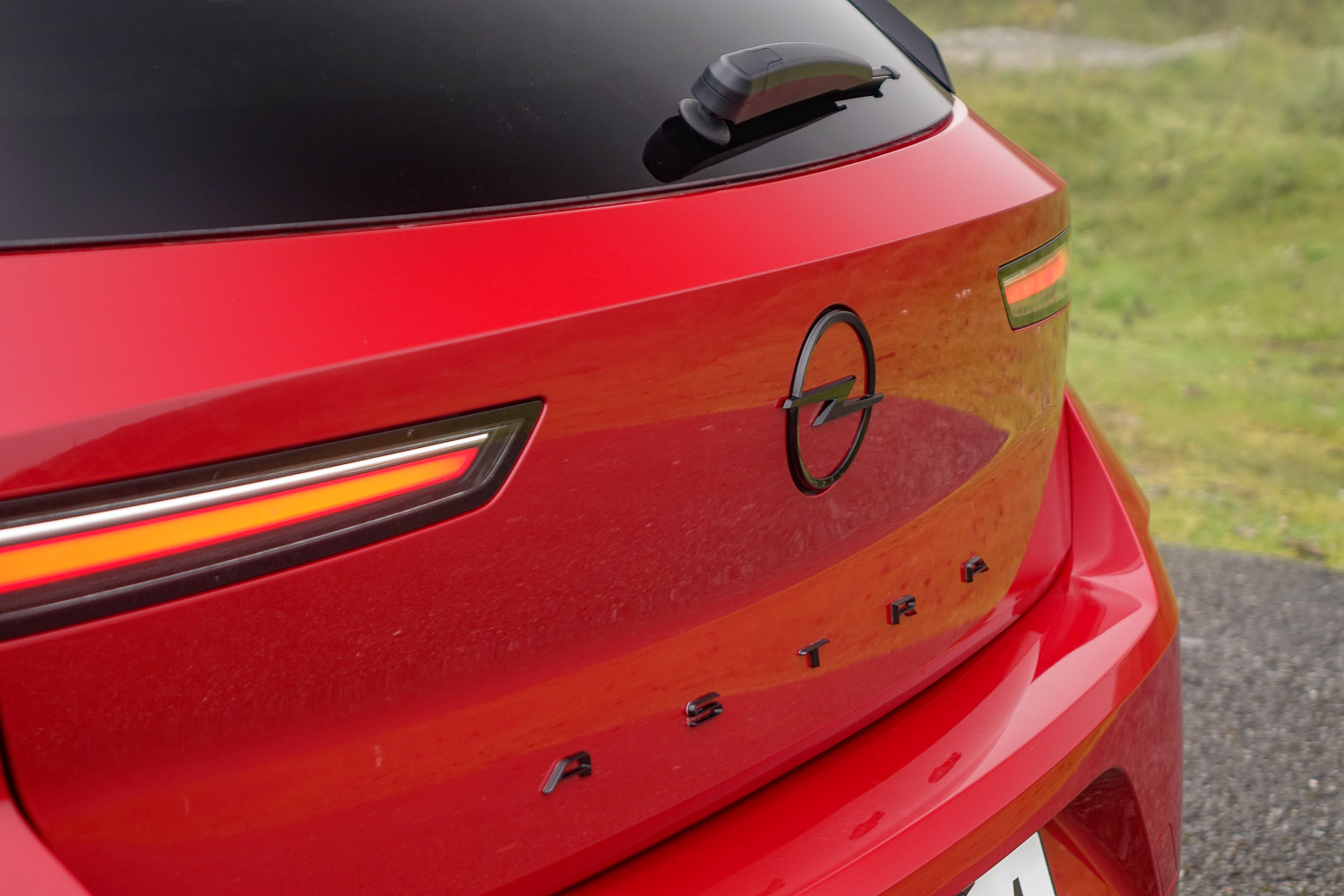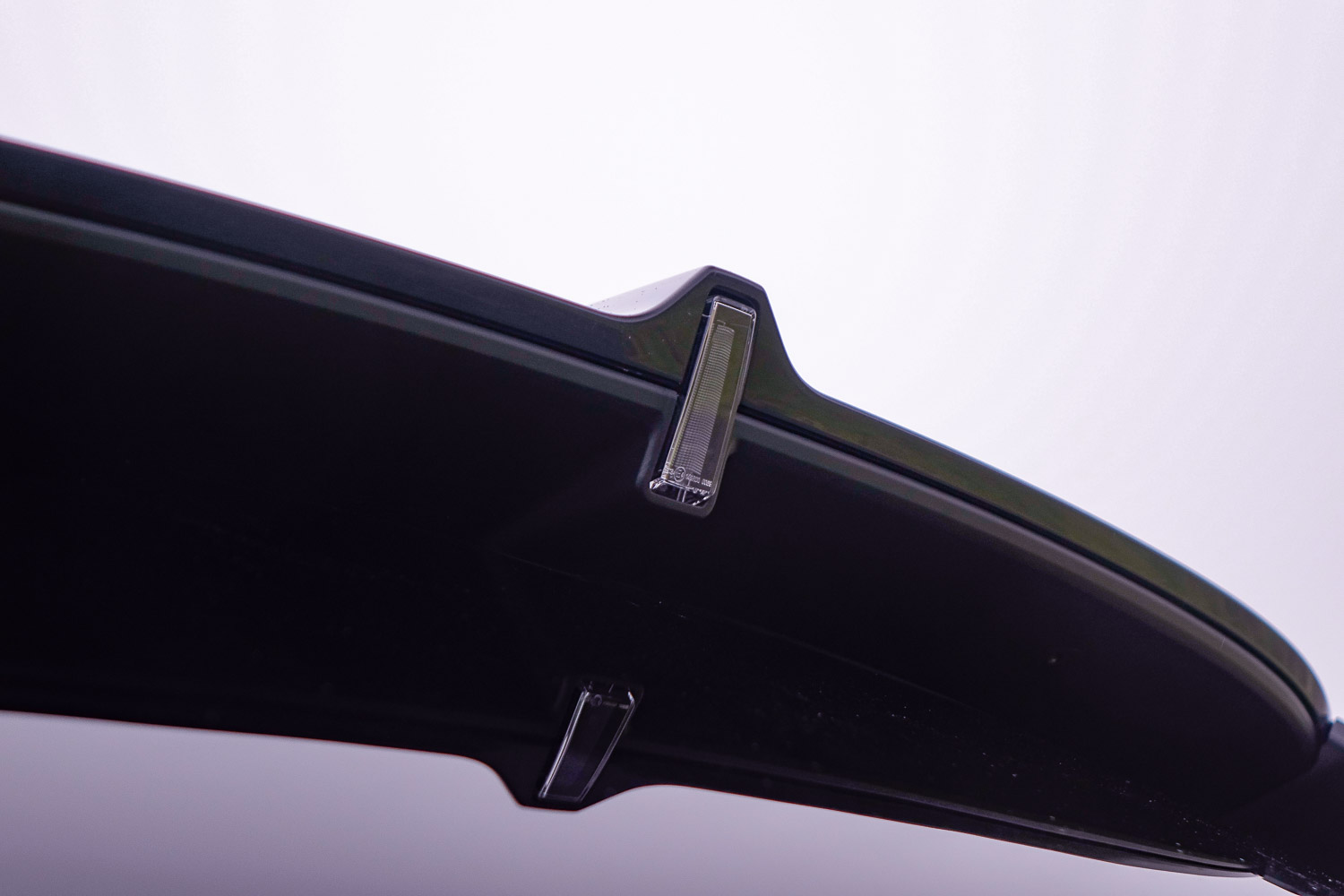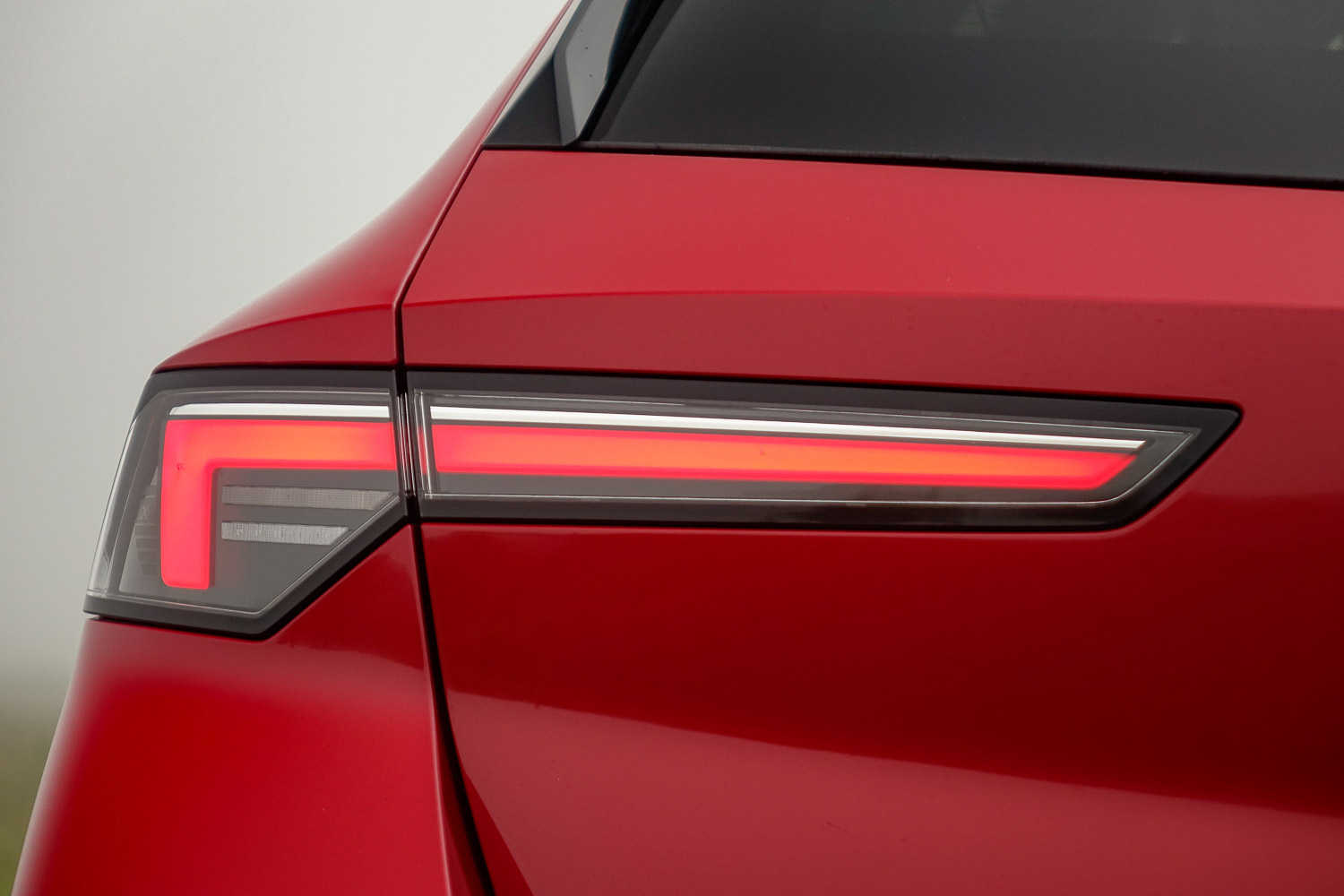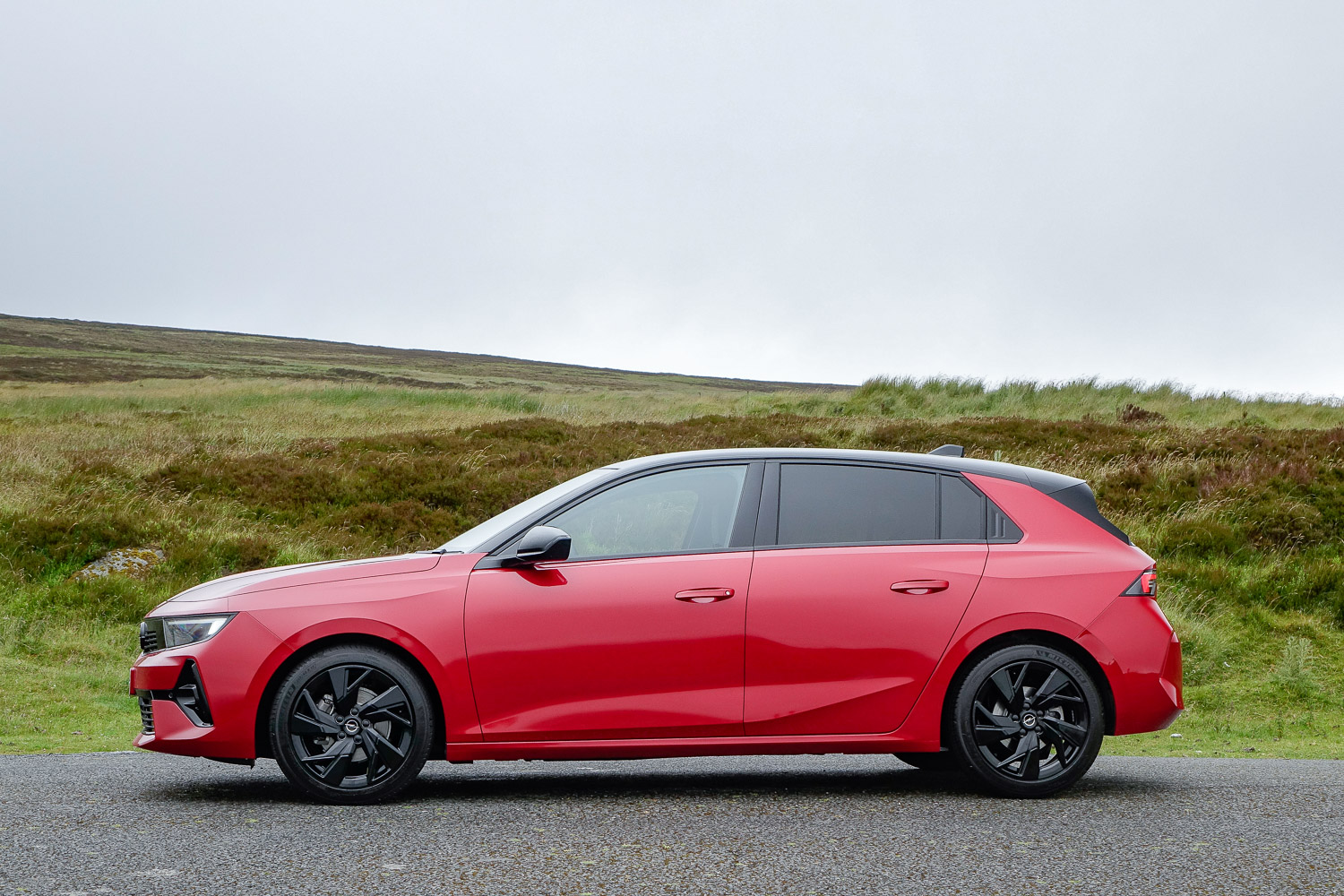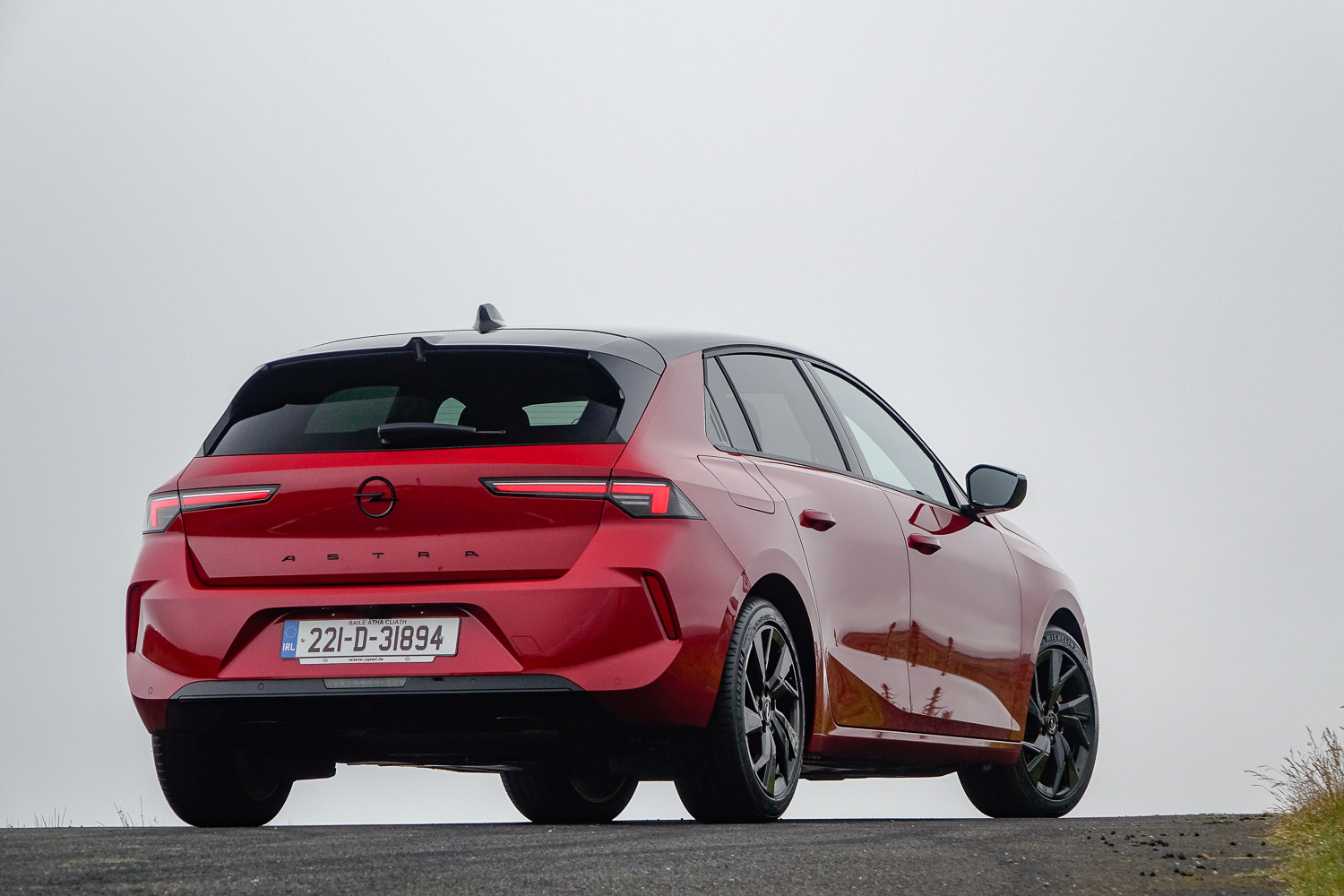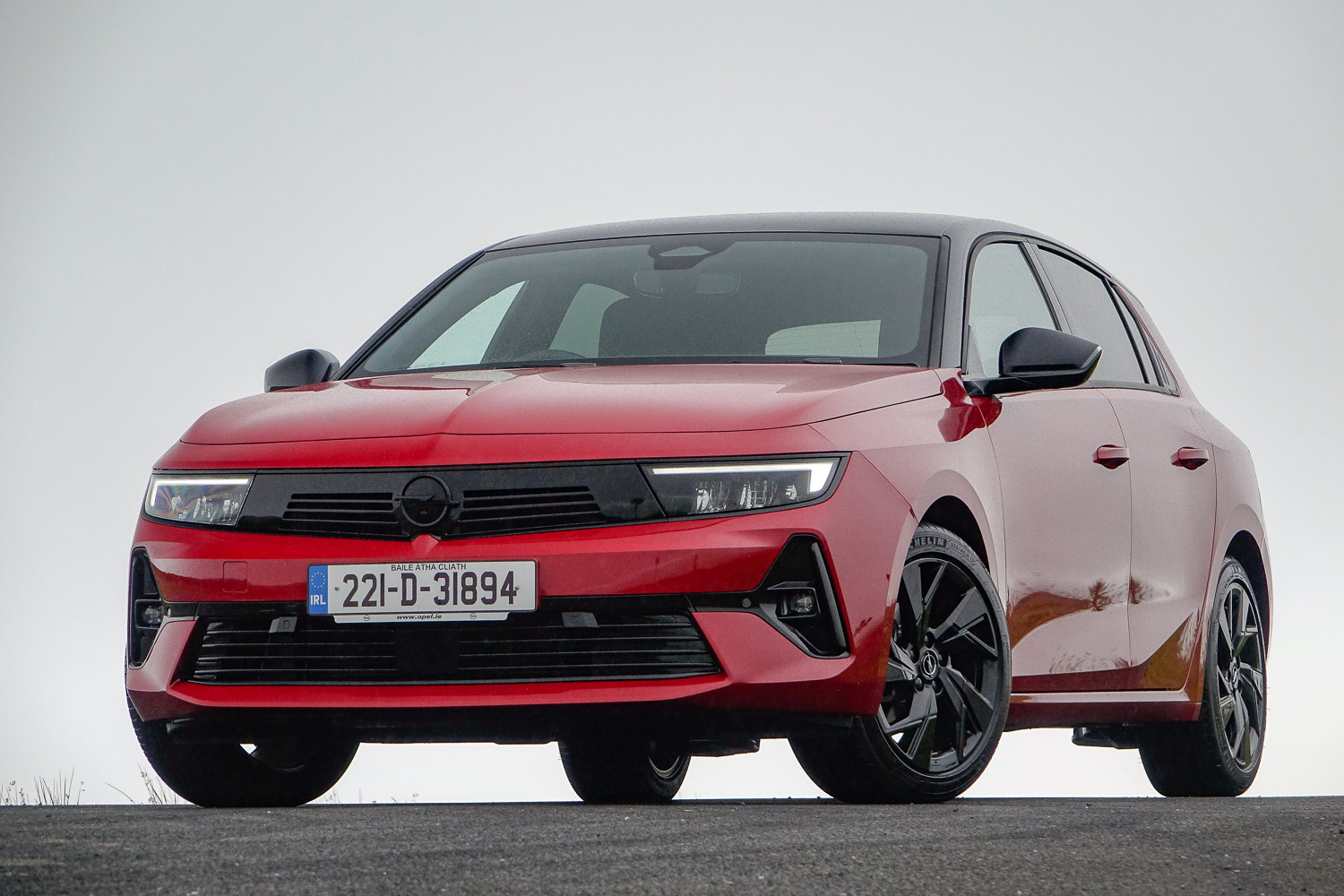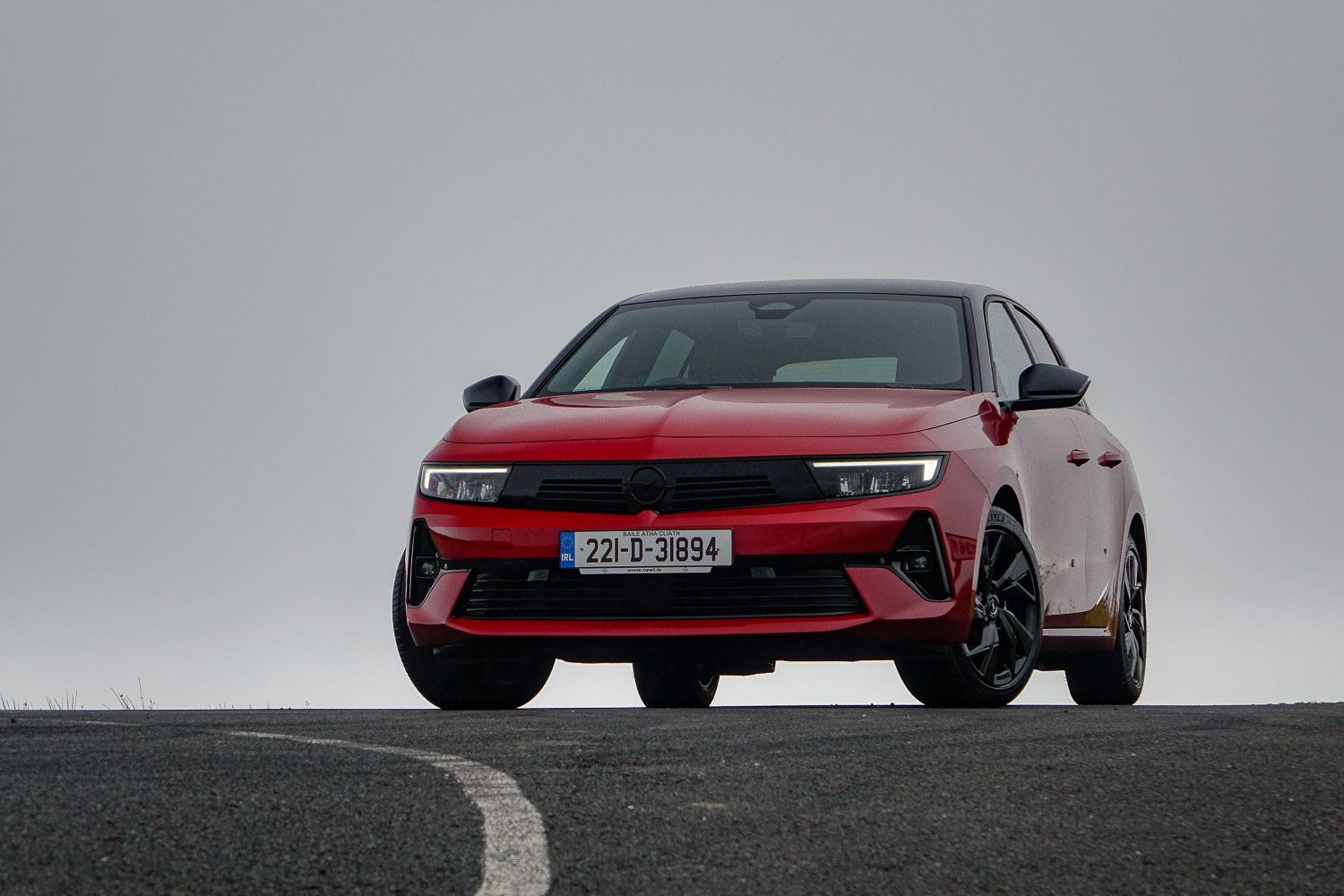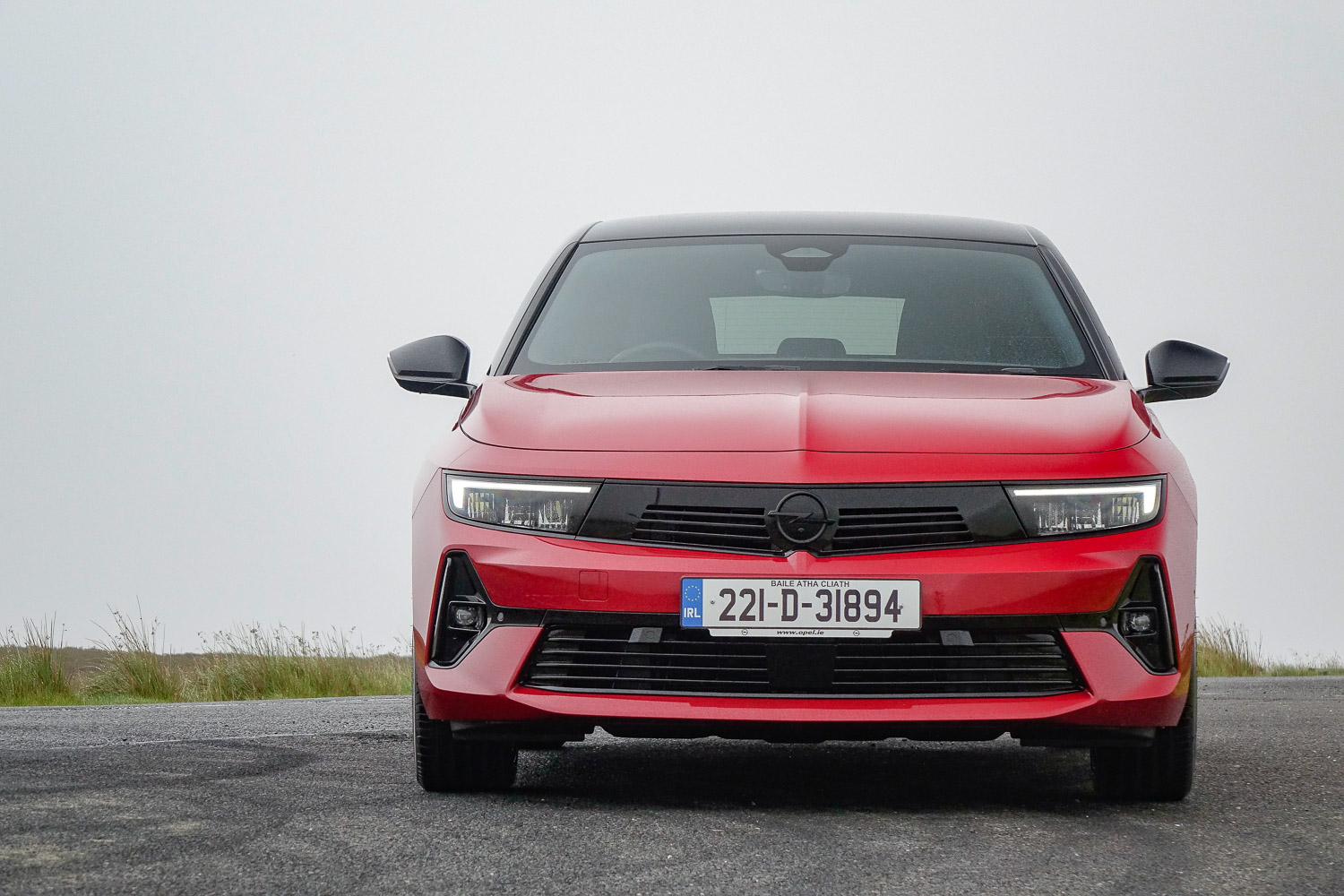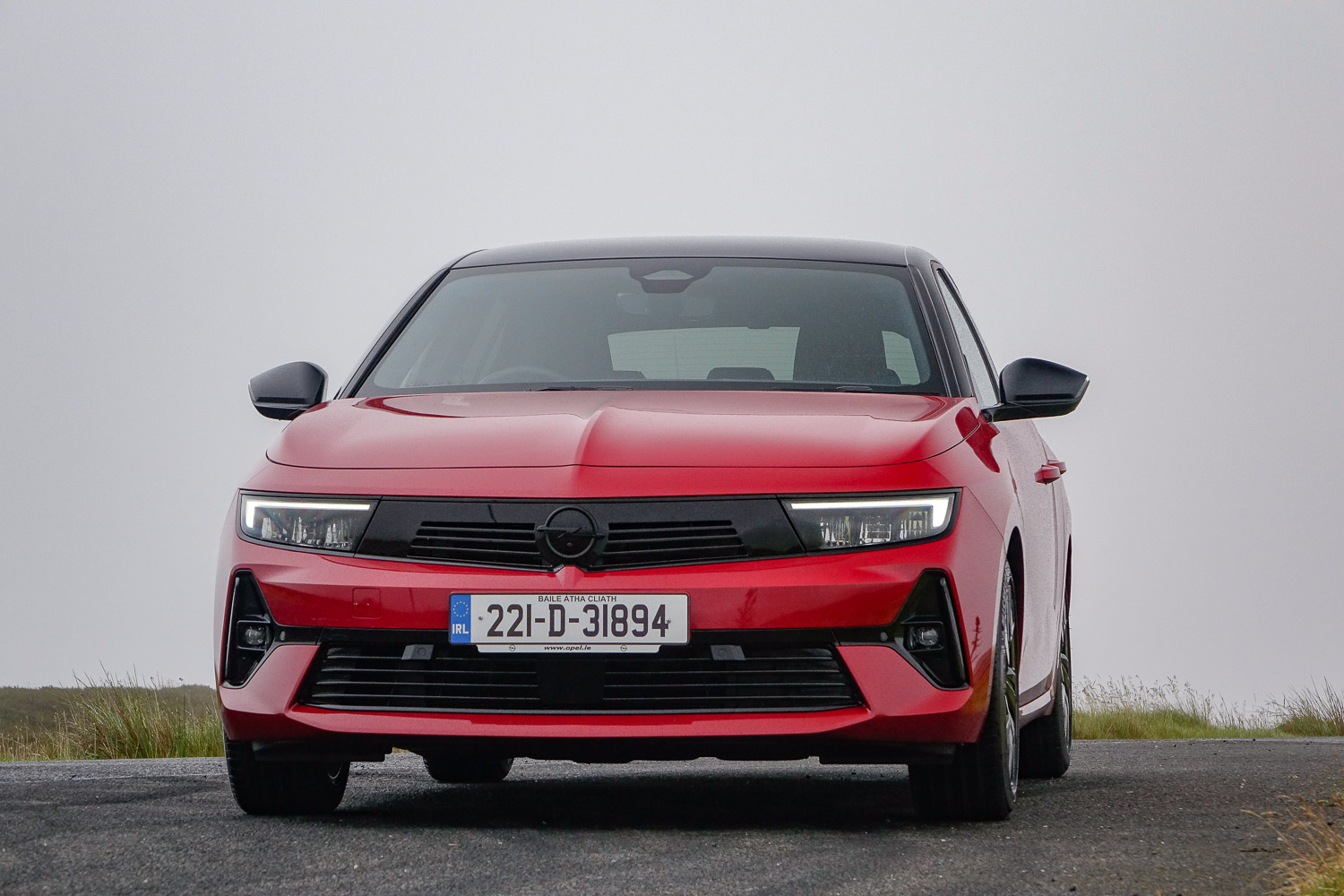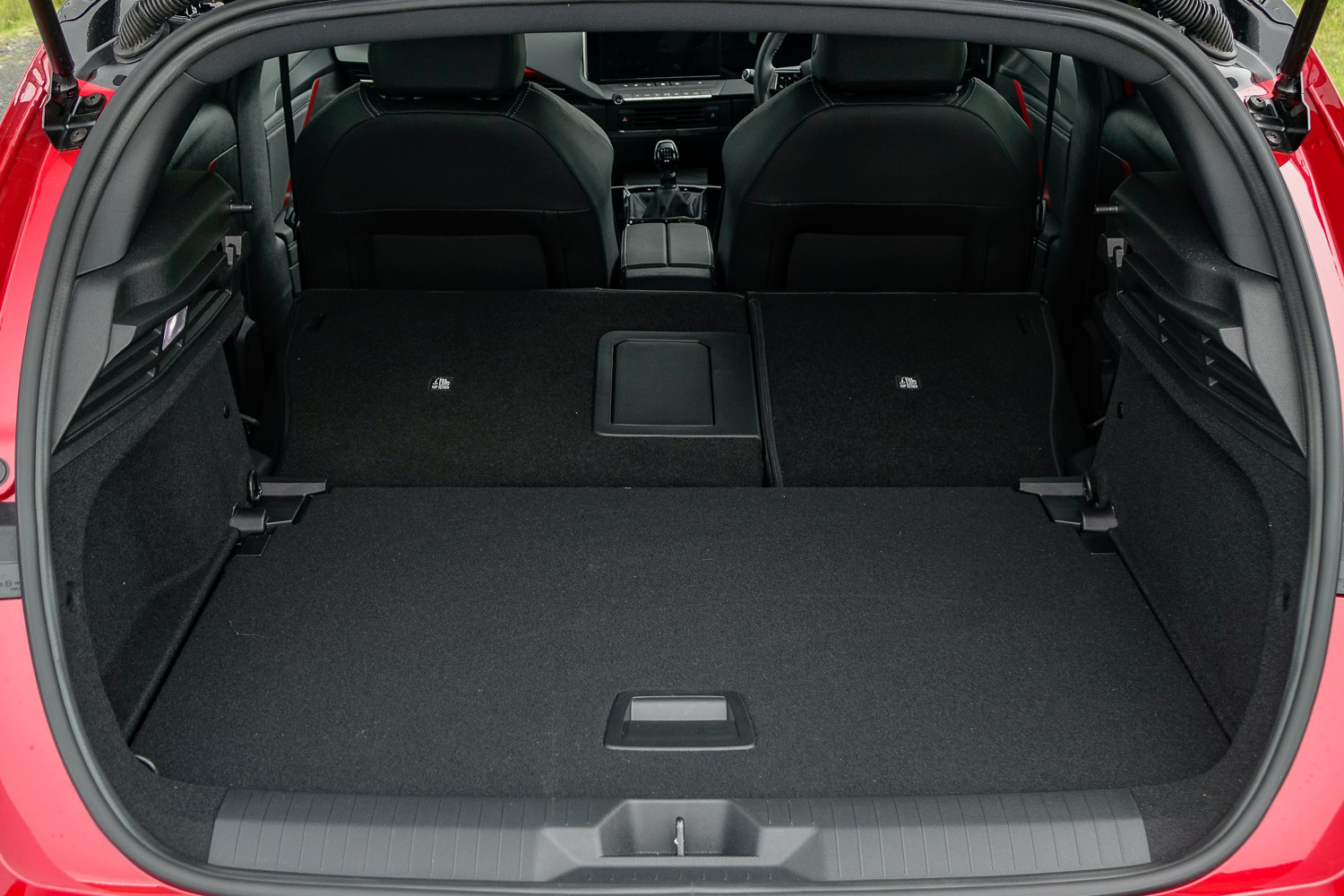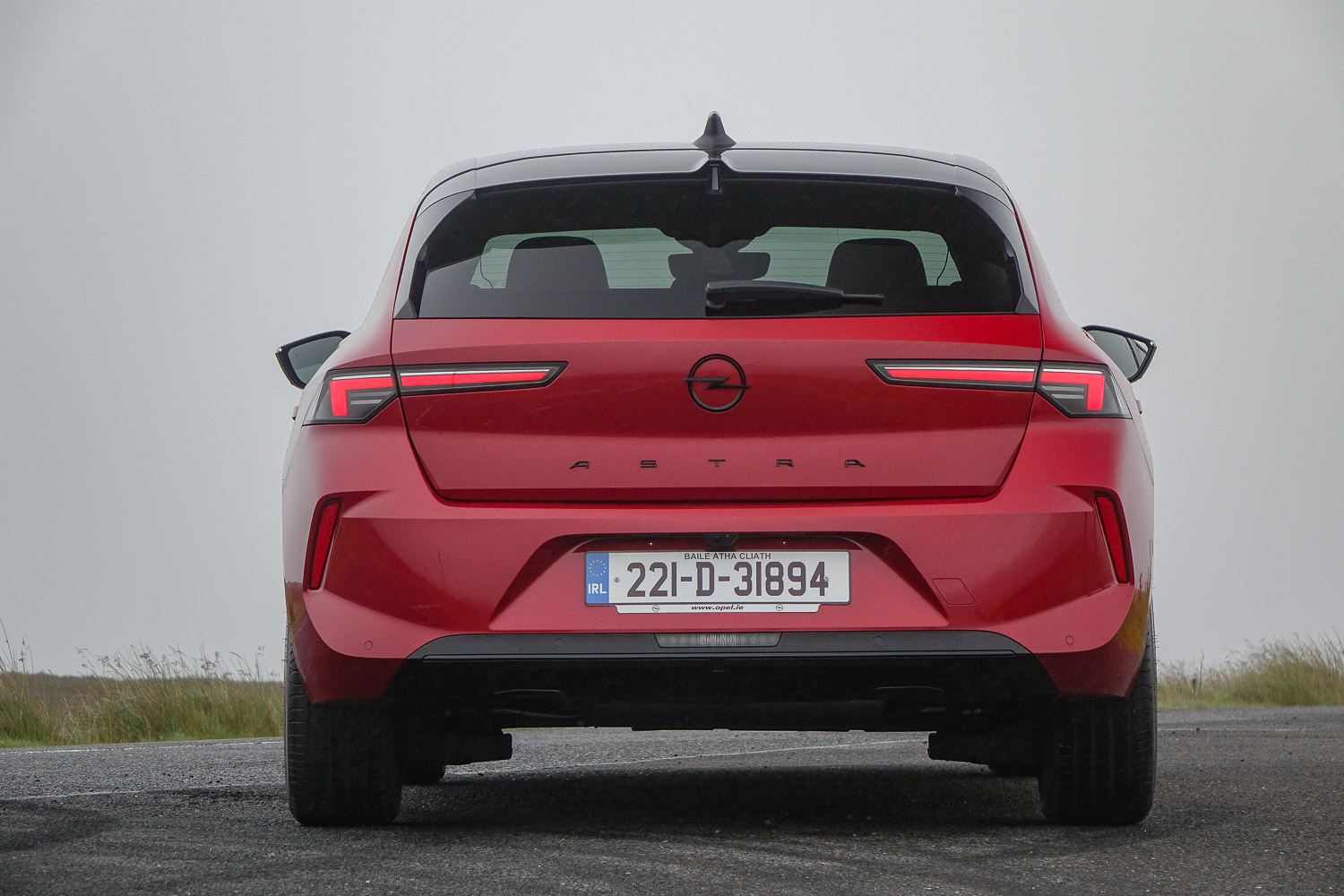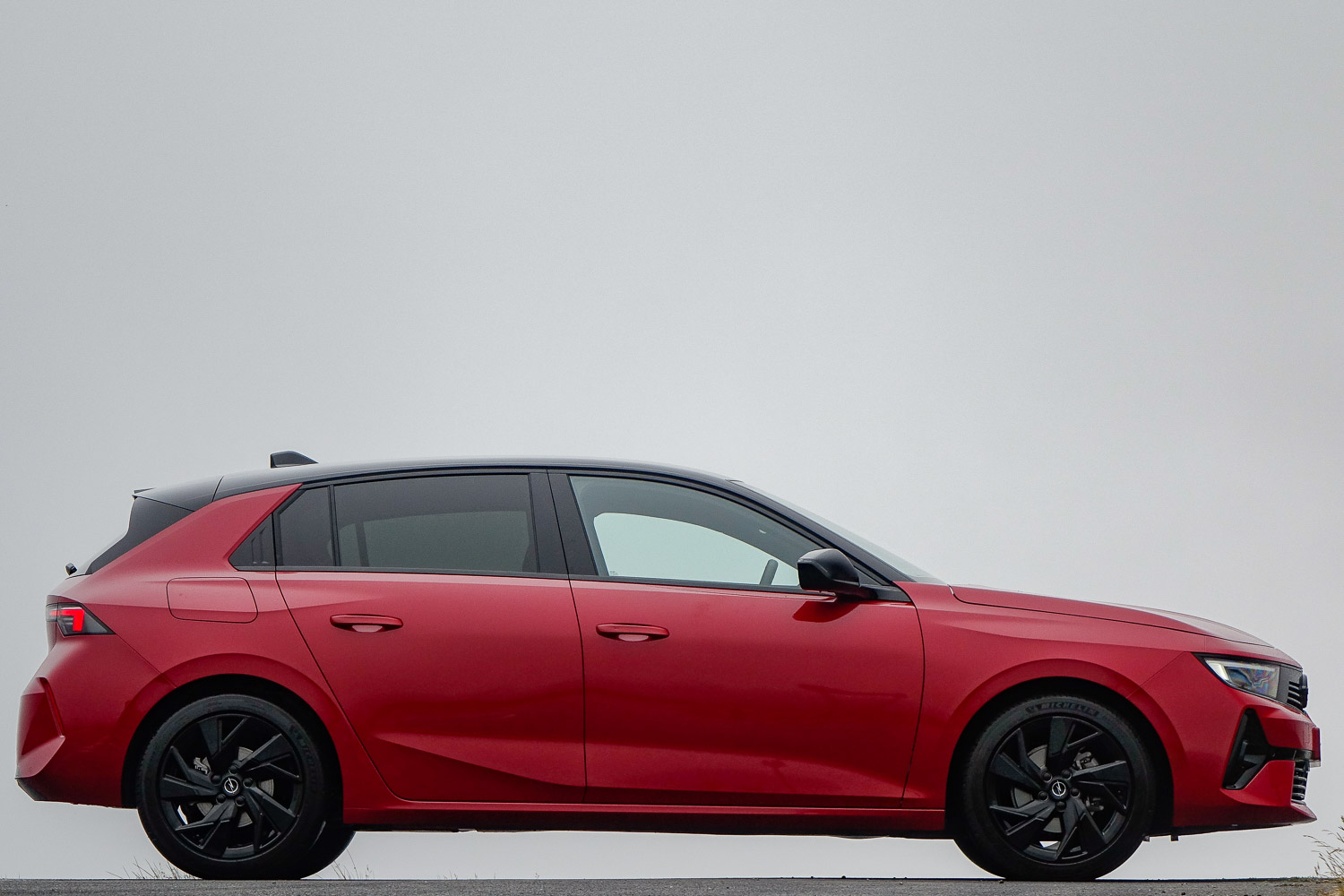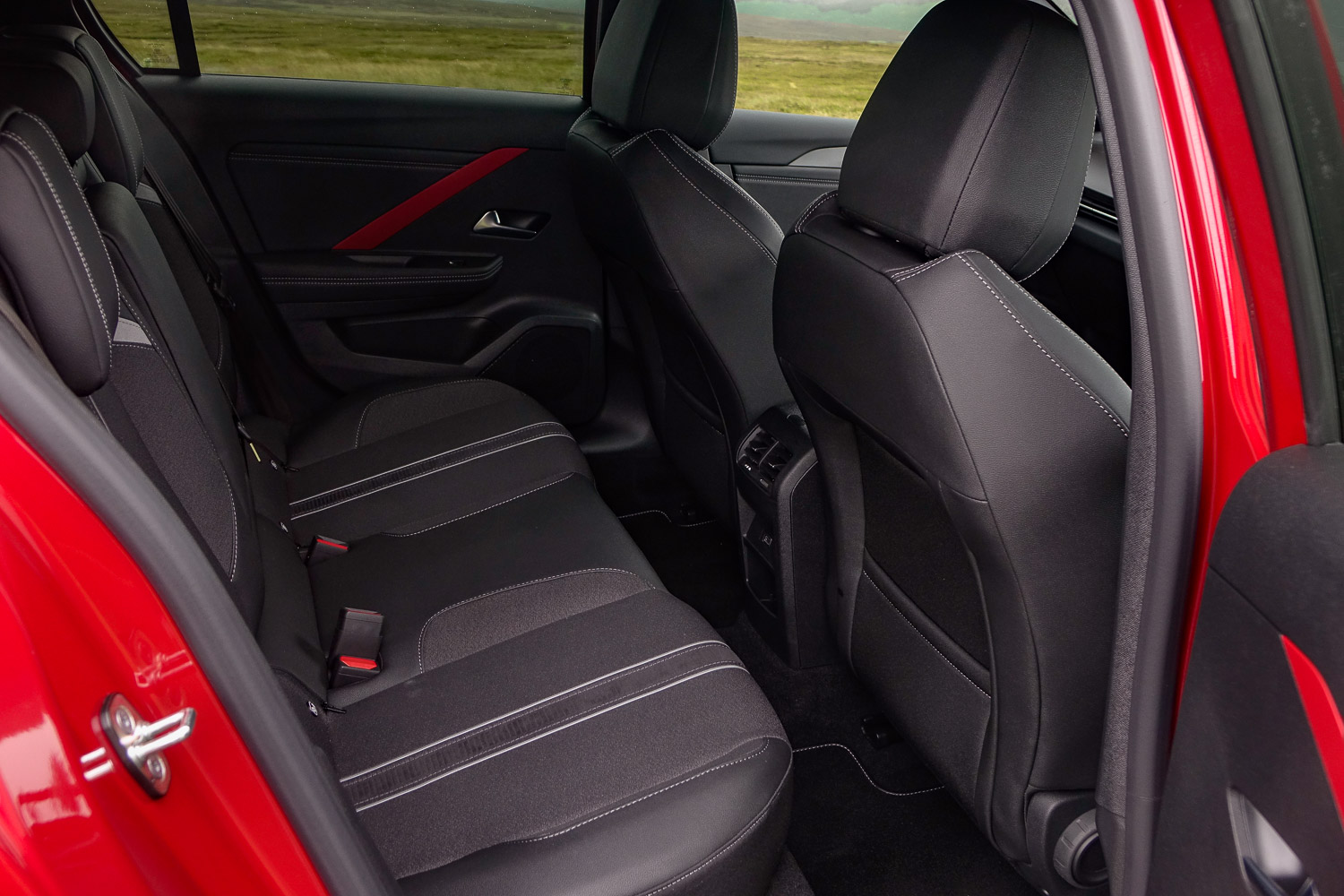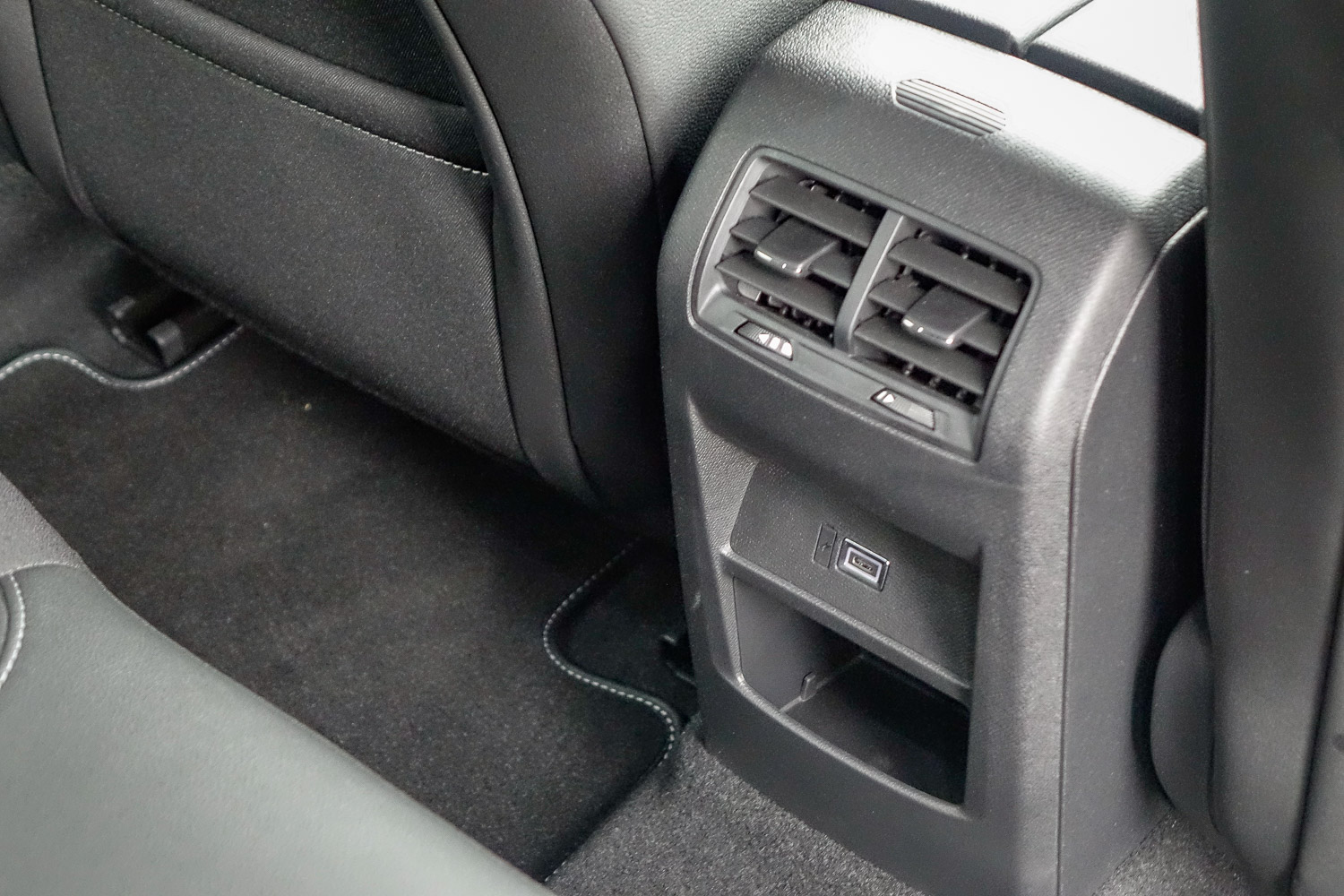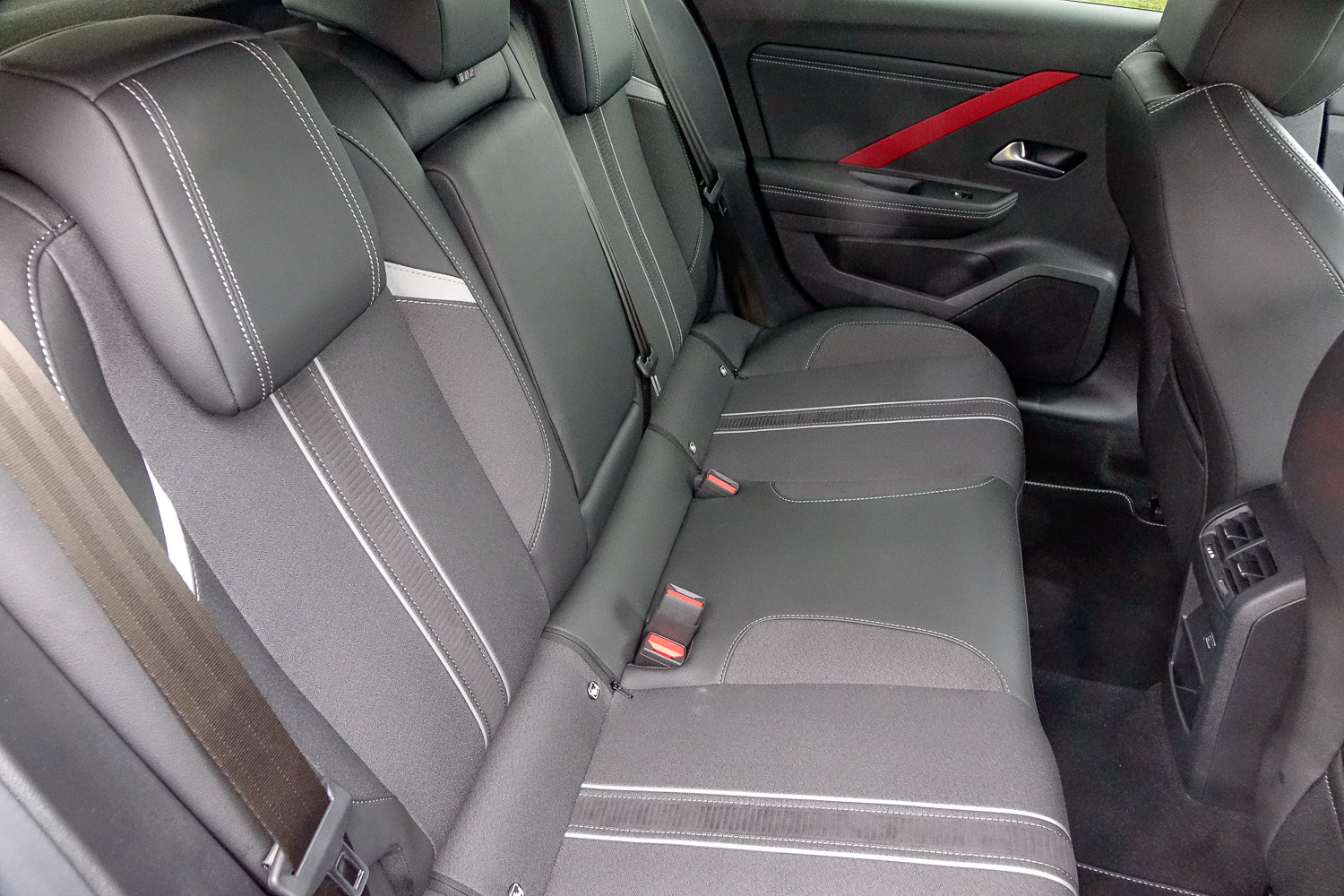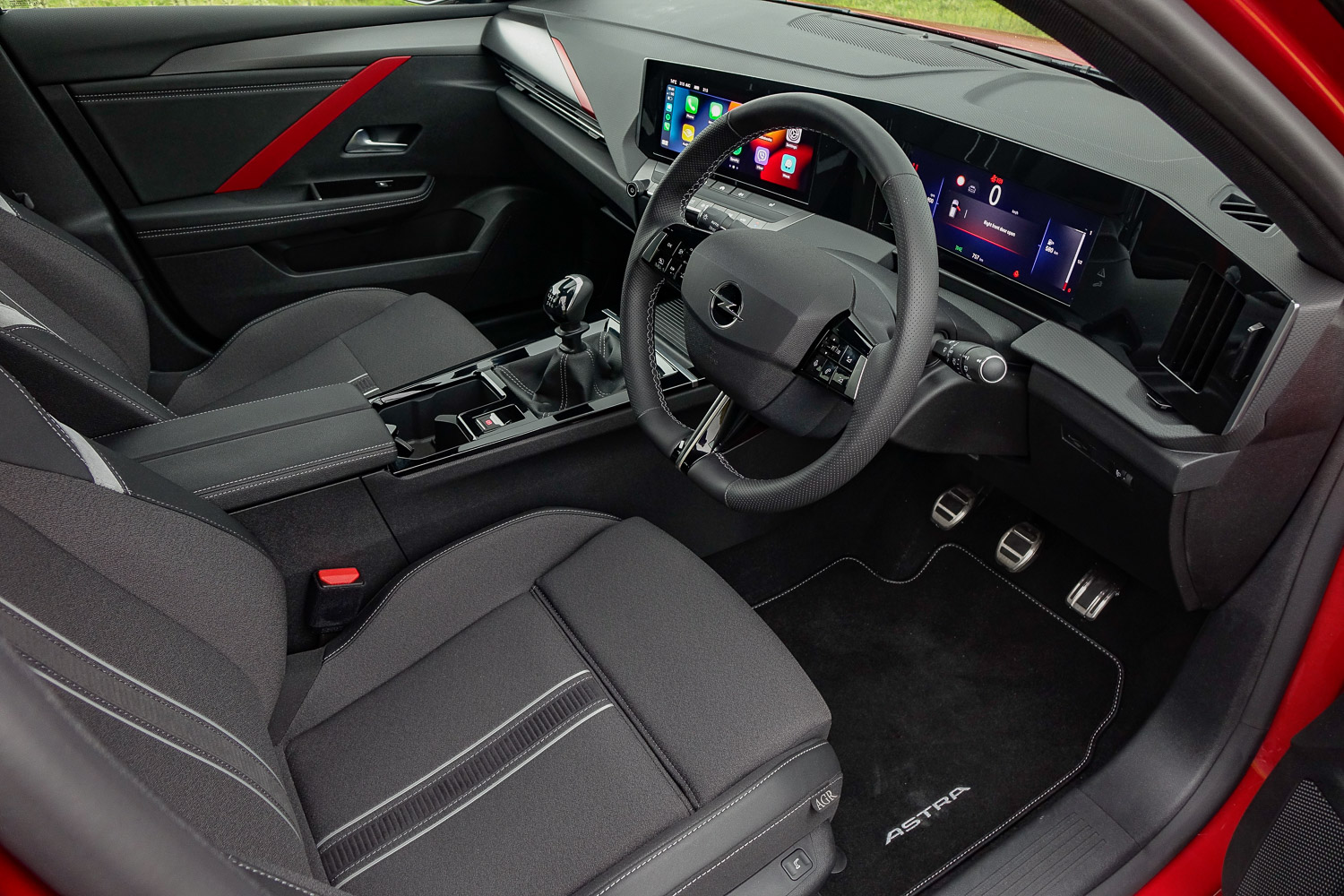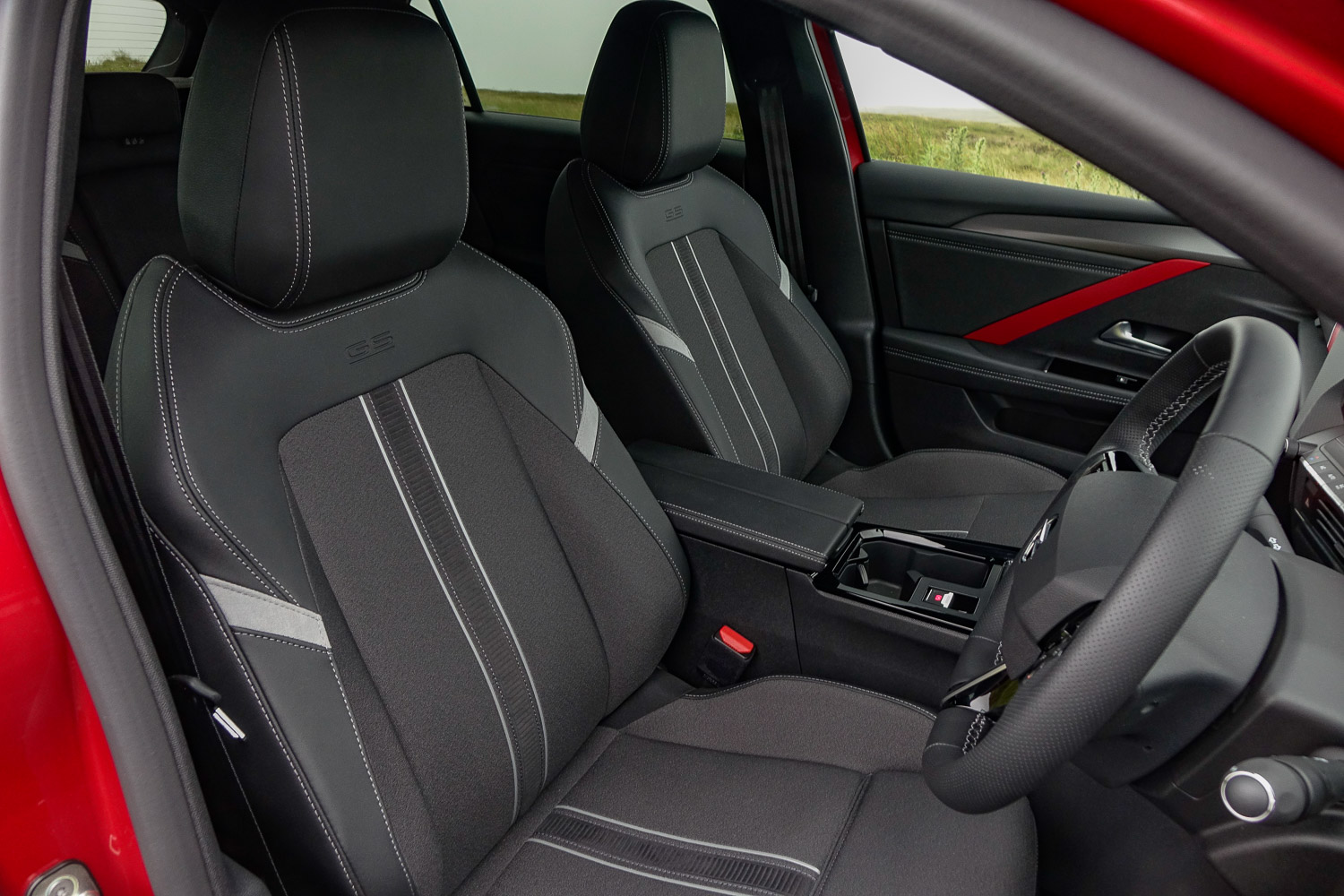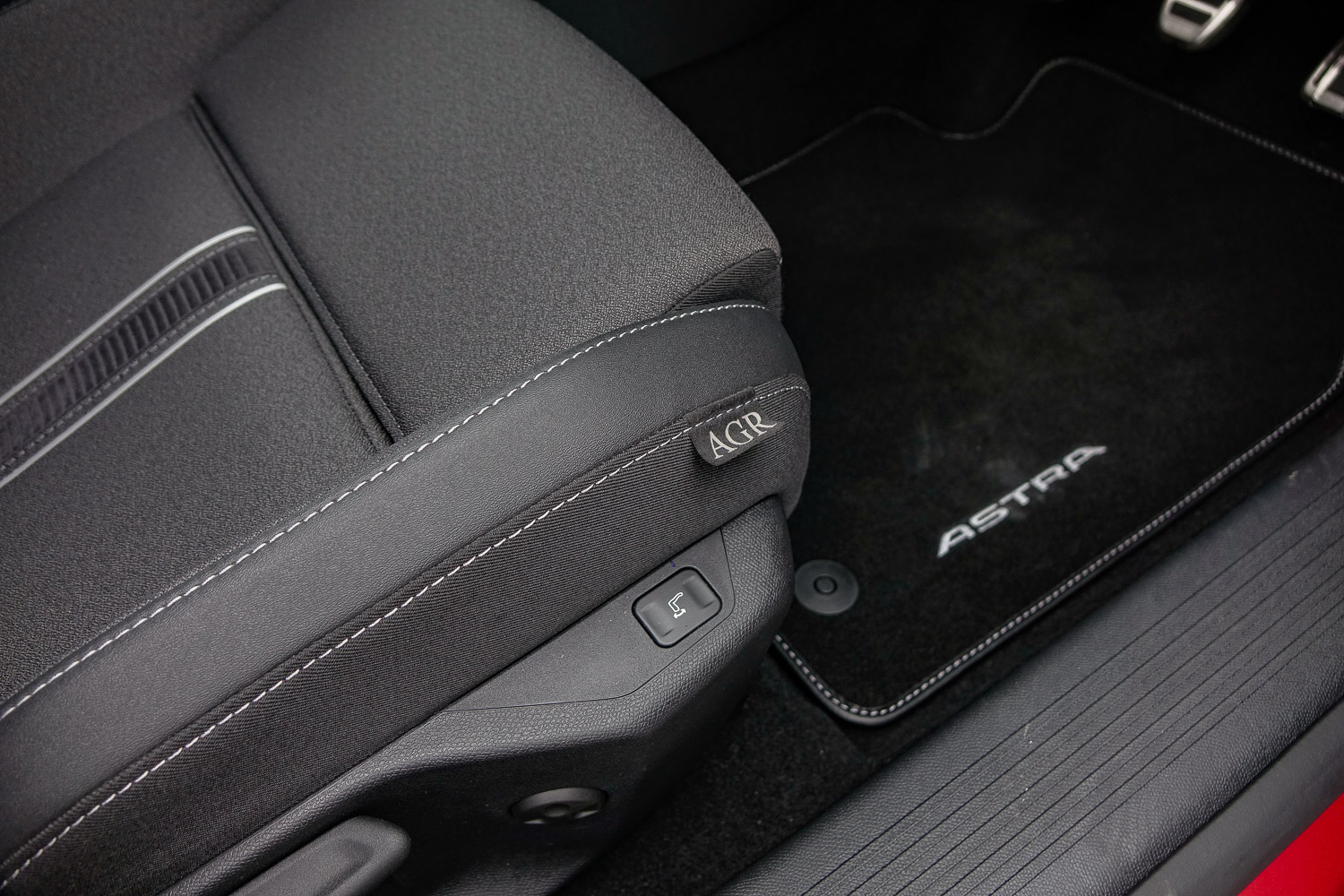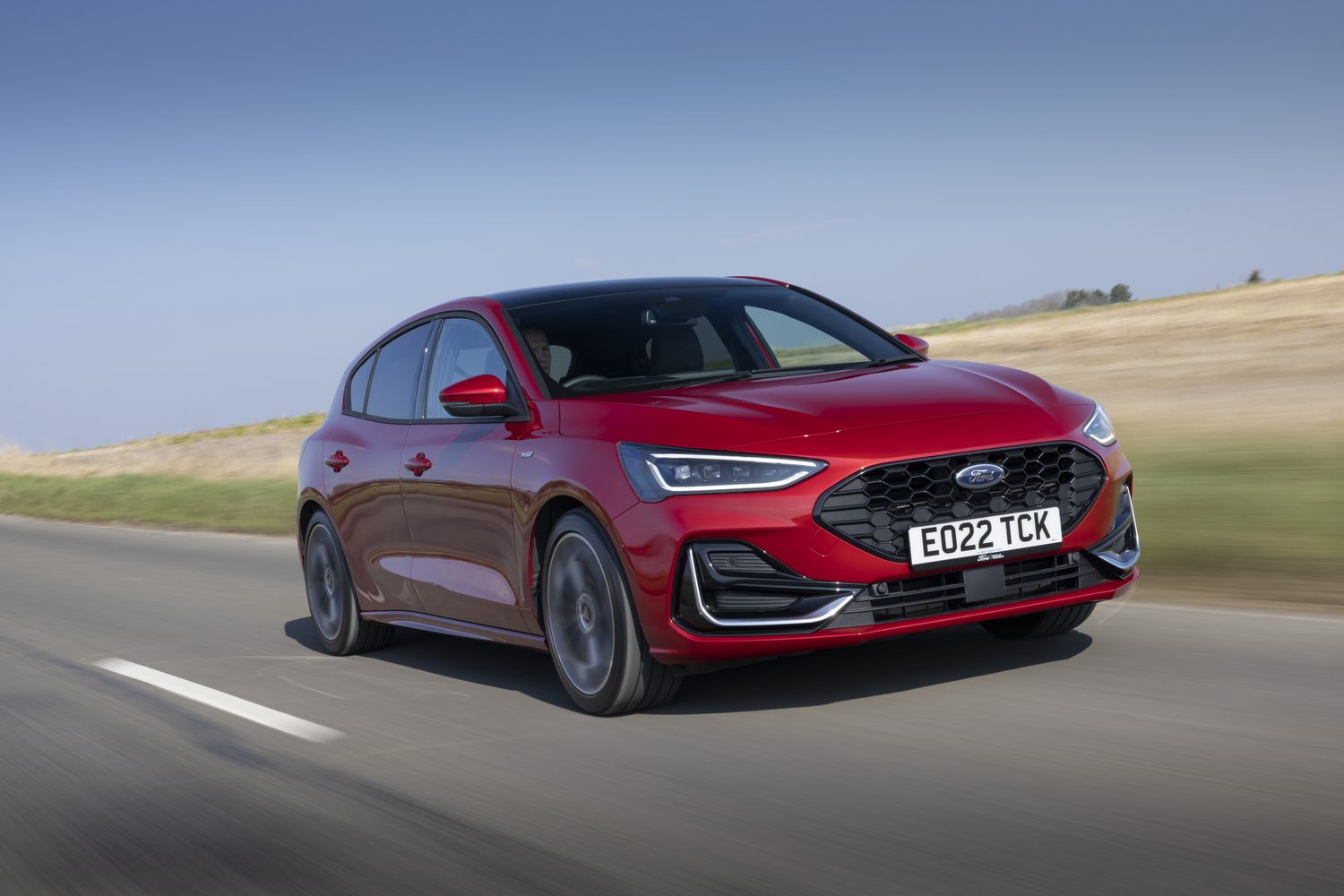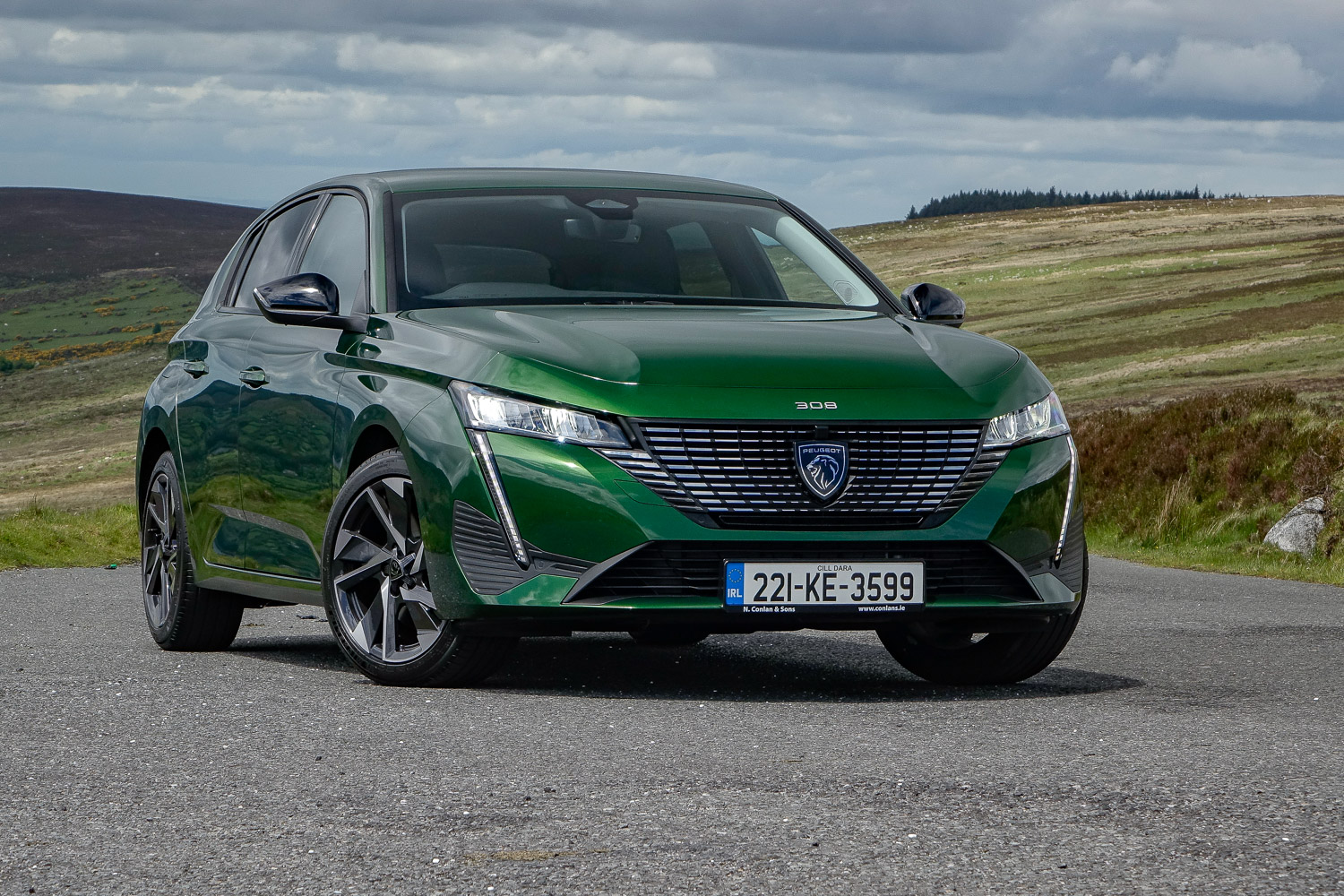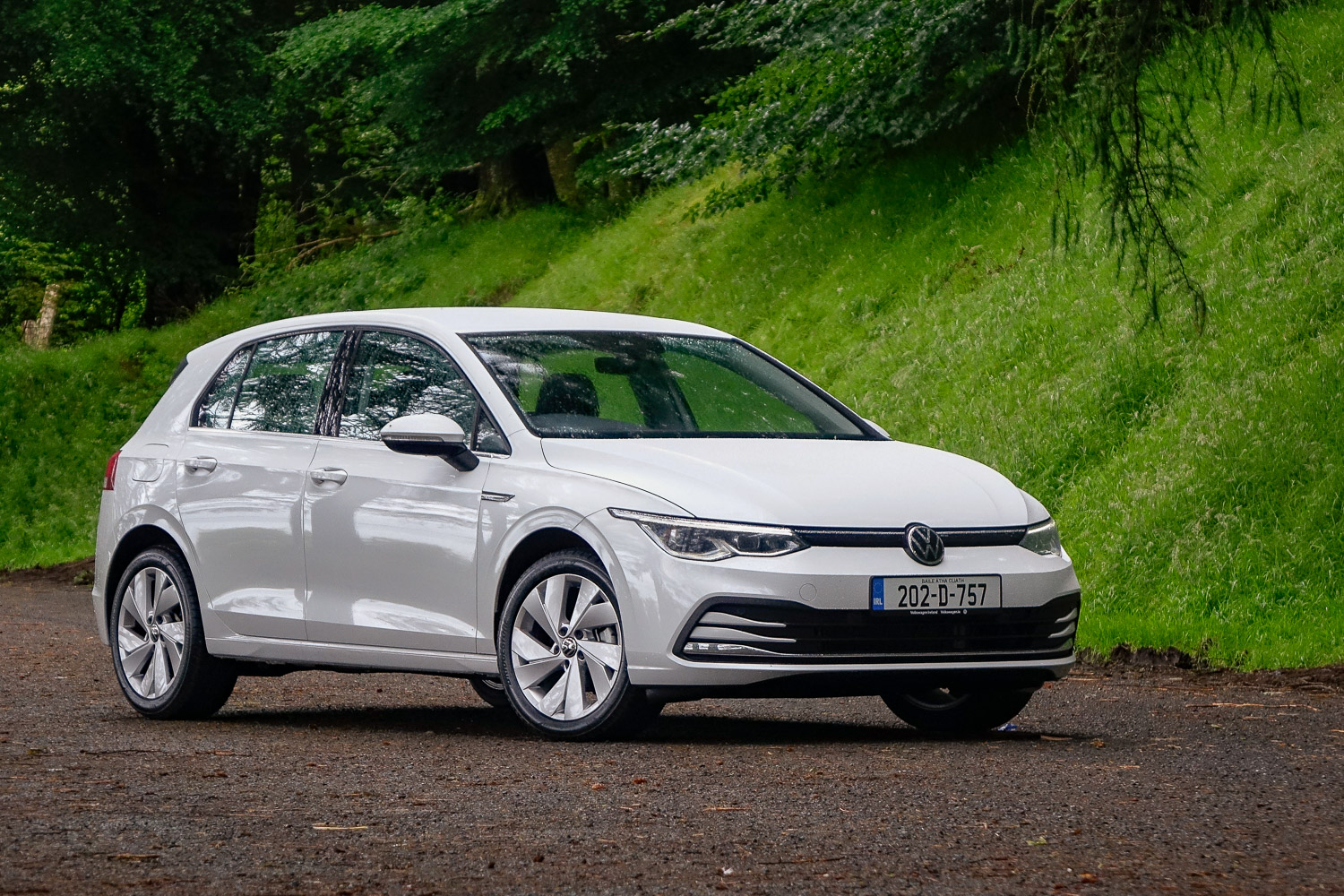Opel Astra overview
There is no need to spend half an hour explaining what this car is, or is trying to be. This is not an SUV, nor a crossover, nor some other micro-slicing of an already narrow car market segment. This is an Opel Astra, the sixth generation since 1991, but a car whose lineage stretches way back beyond that point to the original Opel Kadett of 1960, and arguably even the truly original Kadett of 1936.
So, we know what it is. It's a sensible, practical, rational five-door hatchback. The sort of car that we all bought and drove as a family all-rounder before everyone got notions about SUVs and crossovers.
This is the simplest Astra of them all, too. You can have a plug-in hybrid version with a quoted 65km range on a charge of its battery, and there's a higher-performance GSe plug-in model coming soon, plus a fully-electric Astra waiting in the wings. This one? It's powered by a 1.2-litre turbocharged petrol engine, driving the front wheels. It even has a manual gearbox. How refreshingly simple.
Handsome, too. This new Astra is closely related to the gorgeous Peugeot 308 and, while it's not quite as arresting to the eyeballs as its French cousin, it's still a good-looking car. The 'Hot Red' paintwork of our test car, combined with the SRI-spec body kit, the contrast black roof and the 17-inch alloy wheels (wonderfully, the wheels are called 'Kadett' in the Opel catalogue) add up to an attractive package. Look at that black-panel 'Vizor' front from directly ahead and low down and you can even see some of the Manta coupe of old in it.
Which is fine, and Manta memories are never a bad thing, but the question is this - can such a conventional car keep up with modern motoring mores?
The Opel Astra model range
You can get a simpler Astra than this, and it's the basic SC model, which comes with either a 110hp version of the 1.2-litre three-cylinder petrol engine, or the 130hp 1.5-litre four-cylinder turbodiesel. Prices for the SC start from €27,995 for the petrol or €30,995 for the diesel - a useful saving over the Peugeot 308, which doesn't come with the basic 110hp engine, and only features an automatic gearbox as standard.
Speaking of standard, SC equipment includes cruise control with a speed limiter, lane-keeping assistance, automatic emergency braking with pedestrian detection, driver attention alert, intelligent speed recognition, a three-spoke steering wheel with leather-wrapped rim, climate control, a ten-inch touchscreen infotainment system, a ten-inch digital instrument panel, wireless Apple CarPlay and Android Auto, 16-inch 'Phantom' alloys, auto high-beam headlights and front and rear parking sensors.
Step up to the SRI model with a starting price of €31,995 and for that you get the 130hp 1.2 petrol engine, as tested here. You can have the diesel engine in SRI trim for €33,995, or you can add an eight-speed automatic gearbox to the 1.2 petrol for €34,995.
Standard SRI spec includes adaptive cruise control (with traffic stop-start if you've gone for the manual model), keyless entry and start (which also auto-locks the car as you walk away, a very handy feature), a heated steering wheel, dual-zone climate control, power-folding door mirrors, heated front seats as well as AGR (the German bad back association) approval for the driver's seat, front-seat armrest with a storage box, rear-seat armrest with a ski-hatch, black and red dash trim, alloy pedals, adjustable boot floor, extra USB connectors, an SRI body kit including a 'black pack' for the exterior trim, the 17-inch 'Kadett' alloys, privacy glass, anti-dazzle rear-view mirror and parking assistant with a 360-degree camera system (which actually uses four proper cameras).
At the top of the range for now is the Elite model, which comes only with the 1.2 130hp petrol engine in either manual or automatic forms, priced from €34,995 - or €37,995 if you want the auto. Plug-in hybrid models will follow on in early 2023, as will a very practical estate, while the fully-electric Astra should be here in 2024. Until then, CO2 levels are on the high-ish side, starting from 113g/km for the 1.5 diesel and rising to 129g/km for the petrol engine with the automatic gearbox.
Opel currently has a 2.9 per cent PCP finance offer in place for the Astra, with monthly repayments starting from €270, but check out the Opel Ireland website for the latest offers.
The Opel Astra interior
As with its exterior, the Astra's cabin is less extrovert than that of the Peugeot's, but in general it does work very well. It's especially well blessed with storage space. There's lots of room under the butterfly-style front-seat armrest (which comes as standard on SRI and Elite models) and, if the door bins are a touch narrow, then that's compensated for by the large storage space under a sliding cover in front of the gear shifter. There's another storage area, small but flock-lined so that things won't rattle, which pops out from under the central air vent when you push a small chrome button.
Behind the gear shifter, there's an L-shaped area that has three cupholders. These are a useful storage space too, but they're a little shallow for safely gripping taller bottles. In this SRI model, you get a pair of USB-C connectors in the front (they're tucked into that storage space under the sliding cover) and a single USB-C port for those in the rear seats. There's also a 12-volt socket in that covered storage space.
The twin-screen layout works broadly well, and it's good that Opel offers it as standard across the range. The menu system for the infotainment screen is reasonably easy to find your way around, and it's certainly far better to use than previous Opel infotainment setups (especially that still used by the likes of the Grandland, for instance). However, it's not perfect. Occasionally, it flatly refused to connect to my phone, and the lack of a wireless charging pad seems an odd omission in a car with standard wireless Apple CarPlay and Android Auto.
The main digital instruments are clear and fairly simple, but they do lack options for personalisation. Really, all you can do is change the information presented in the centre of the screen, as everything else remains the same.
Overall quality is very good, and most of the Astra's plastic surfaces look and feel high-grade, although we did notice that some of the minor trim was slightly wonky in how it has been fitted. Front-seat comfort, certainly on the AGR-approved driver's seat, is exceptionally good, and the driving position is well thought-out, with plenty of reach and rake adjustment in the steering wheel. Visibility is OK, but the windscreen pillars are a touch thick, as is the rear pillar. The all-round camera system does help with that when parking, though.
Space in the back is only adequate. Indeed, if you have taller people sitting in the rear then those in the front are going to have to scooch up a bit. There's a low transmission hump, which means that space for feet is fine, but anyone wanting to sit in the centre rear seat is going to have to be pretty skinny. If you want an Astra with more rear-seat space, wait for the good-looking estate to arrive, as that sits on a slightly longer wheelbase.
The boot is very roomy in this hatch version, though - 422 litres is above average for the class and the adjustable floor means that you can achieve a flat load-through surface when the 60:40 split rear seats are folded down (although those seats don't quite fold 100 per cent flat).
The Opel Astra SRI driving experience
This Astra is not going to set pulses racing with how it drives, but you can feel from the first few kilometres how stiff and solid the structure of the car is, and how planted it feels on the road.
If the Astra has a dynamic flaw, it's in the ride quality. Even though this one is riding on the 17-inch wheels, not the largest by any means, the Astra is easily jostled by low-speed urban lumps and bumps. It's never harsh, but neither is it entirely yielding. There is a trade-off, though. As the speeds rise, the Astra's ride smooths out somewhat and you start to feel the precision in its chassis. The steering has a tiny sense of heft and weight to it that gives you confidence when turning into a tight corner, and it's not long before you're having far more fun behind the Astra's wheel than you might have expected. It's not as fluid as the Ford Focus, and indeed nor is it quite so light on its toes as the old (and underrated) Astra, but it's good.
The 1.2-litre engine - bereft of hybridisation or any overt battery assistance - is a lovely unit. It may be getting on a bit now, but it revs smoothly with a sense of eagerness and combines well with the six-speed manual gearbox. In fact, I'd say it's happier with this self-shifter than with the optional eight-speed automatic. On-paper performance looks pretty leisurely, but in practice the Astra 1.2 feels more muscular than you might expect.
It's also economical. The Astra 1.2 easily hits its official 5.6 litres per 100km fuel consumption figure, and on gentler drives you can even nudge it below the 5.0 litres per 100km mark. One can't help but wonder what sort of state things might be in if we'd all stuck to buying lower, lighter cars such as this, with small, efficient engines instead of going nuts for SUVs. For comparison's sake, the same engine in the bulkier Grandland struggles to return better than 7.0 litres per 100km.
Our verdict on the Opel Astra 1.2 SRI
The Opel Astra looks like - and on the face of it is - an utterly conventional car. It's a medium-sized hatchback with a small petrol engine, no electric assistance and no high-riding suspension nor pretensions to being an off-roader. And that makes it all the better. The Astra is, while being entirely conventional, a very satisfying, classy car. It's well-made, sharper to drive than you'd expect, just about roomy enough for family life and a better all-rounder than the compact crossover most buyers are considering instead.
What do the rest of the team think?
I'm with Neil on the aesthetics - I prefer the design of the Peugeot 308 inside and out. Saying that, the Astra is a seriously striking car in person, especially in the red-and-black specification of the model shown here - and not everyone gets on with the Peugeot 'i-Cockpit' arrangement. The Astra comes back into the fray with a generous specification and great pricing, while its manual gearbox is a gem mated to the perky 1.2-litre petrol engine. It also threads a fine line in the chassis department, mixing real agility with decent control and comfort. It is, as Neil identified, a solid all-rounder - though that is married to a more interesting design than the Astra has ever had. That should help it grab the attention of buyers that wouldn't immediately think of Opel.
Shane O' Donoghue - Editor

